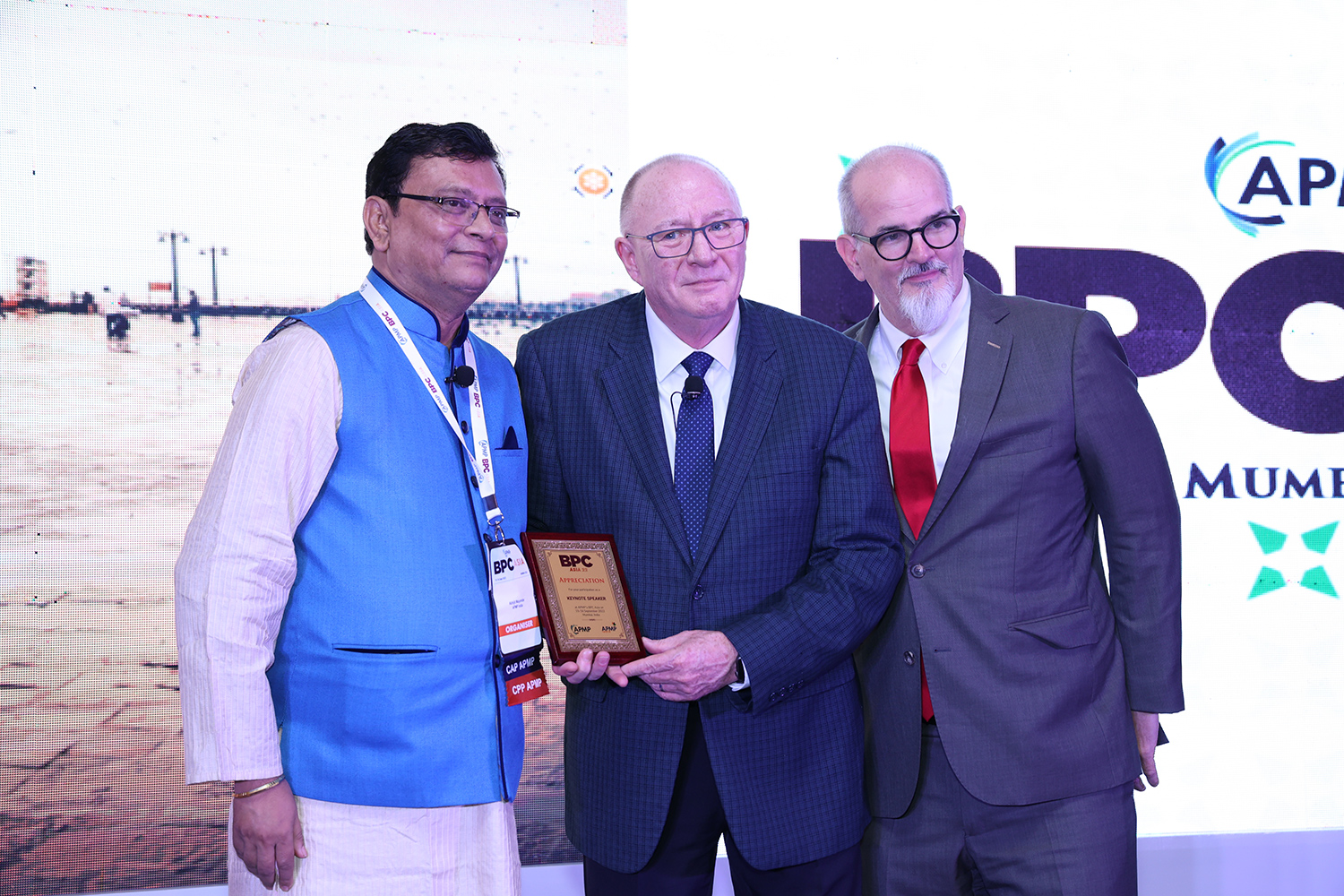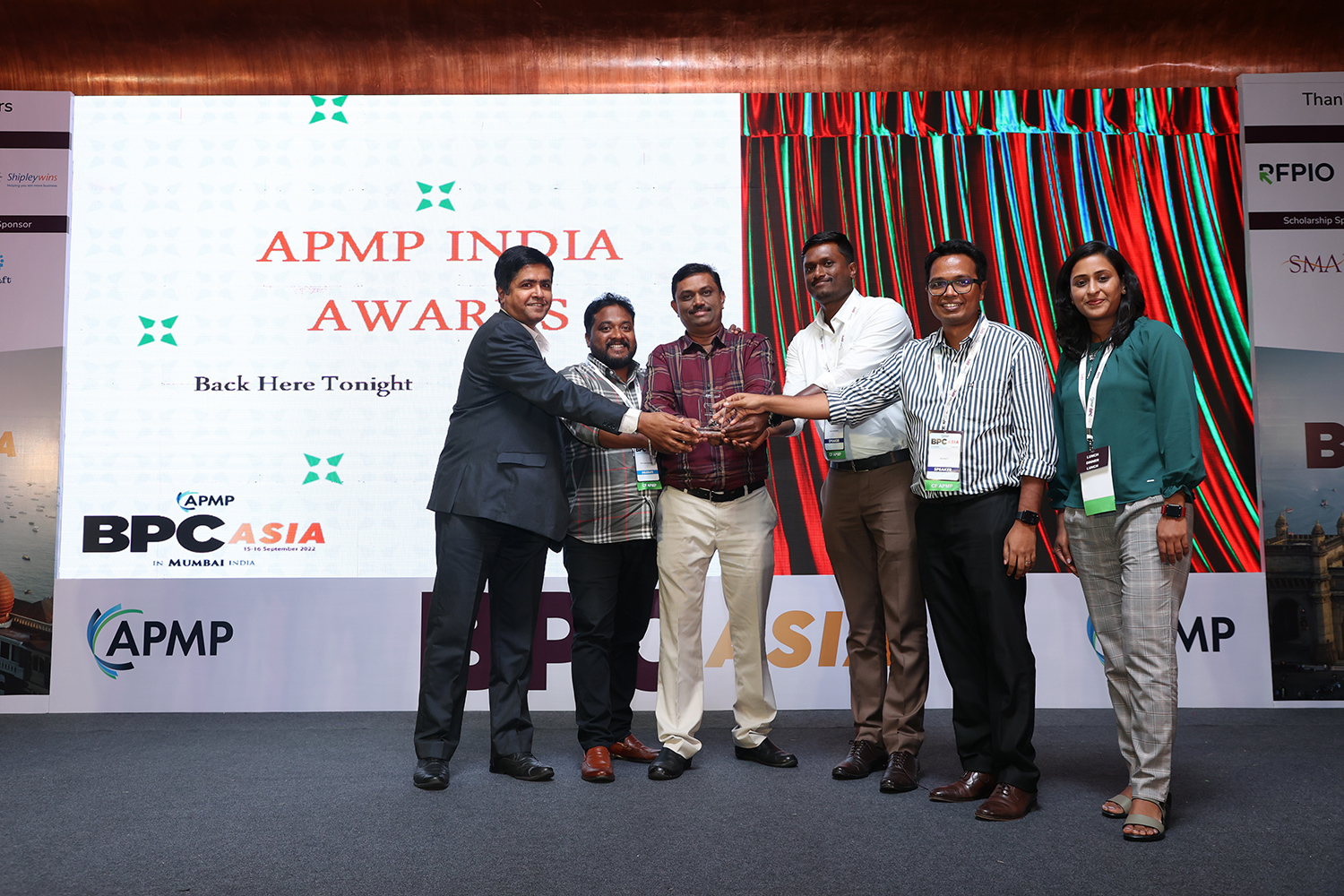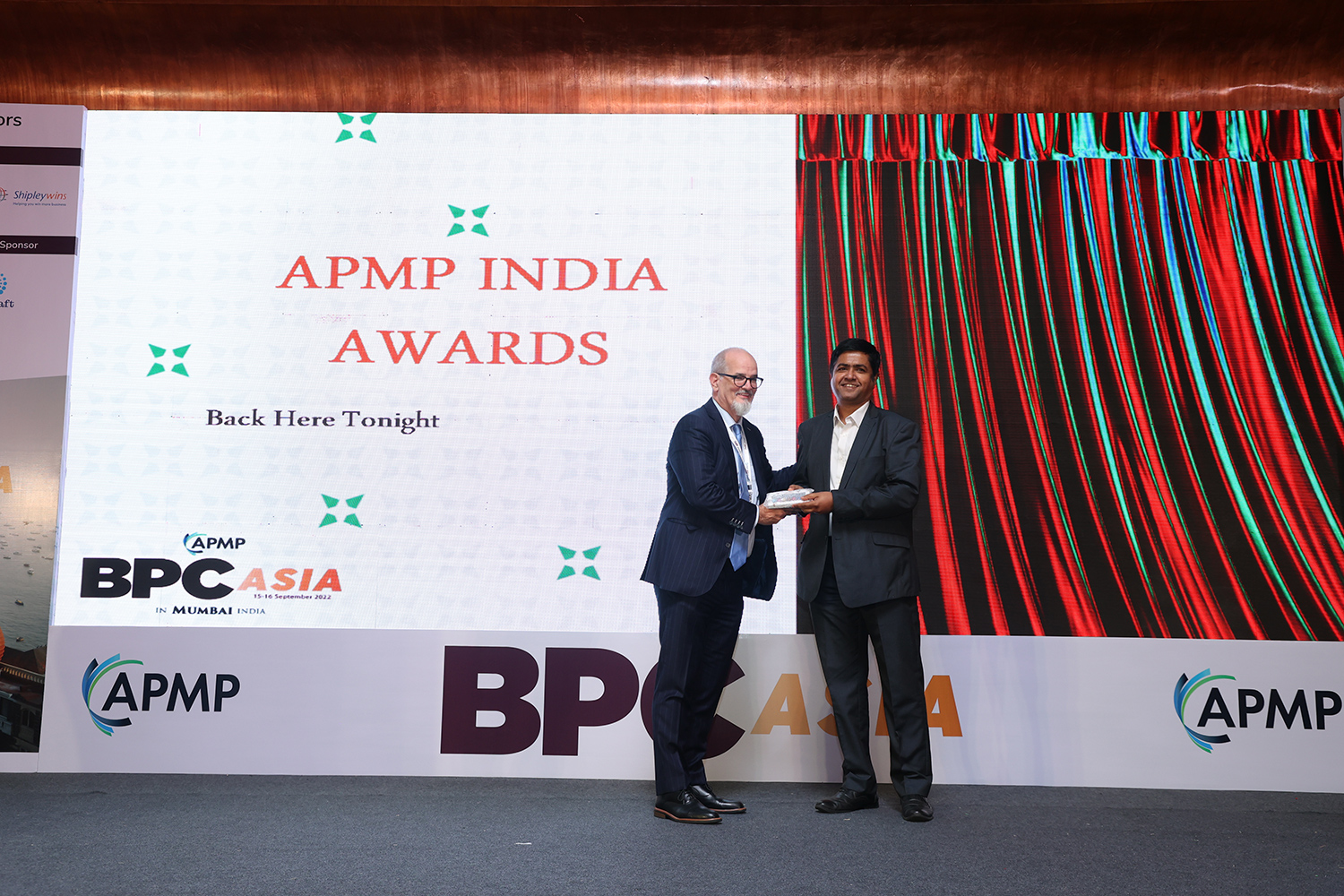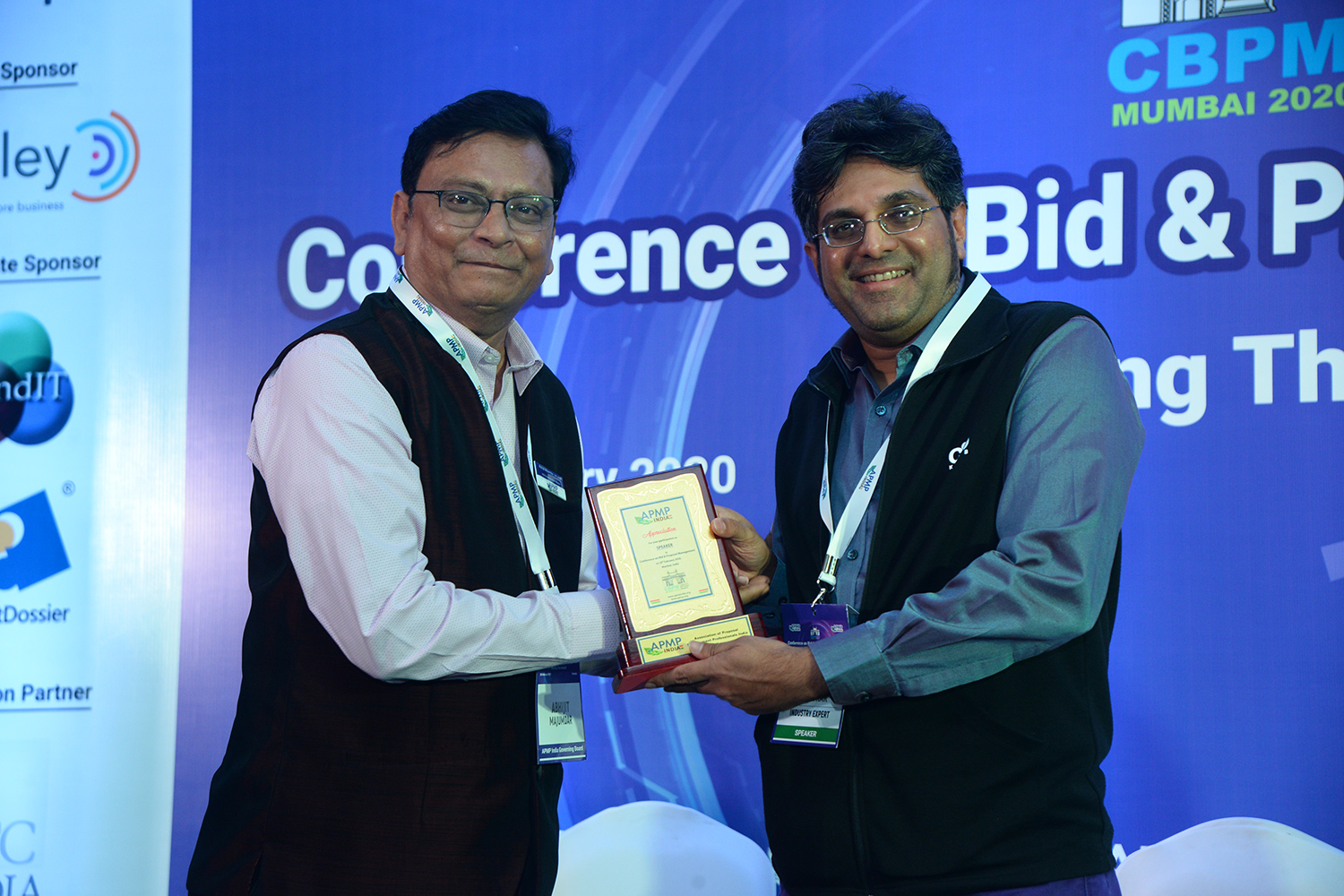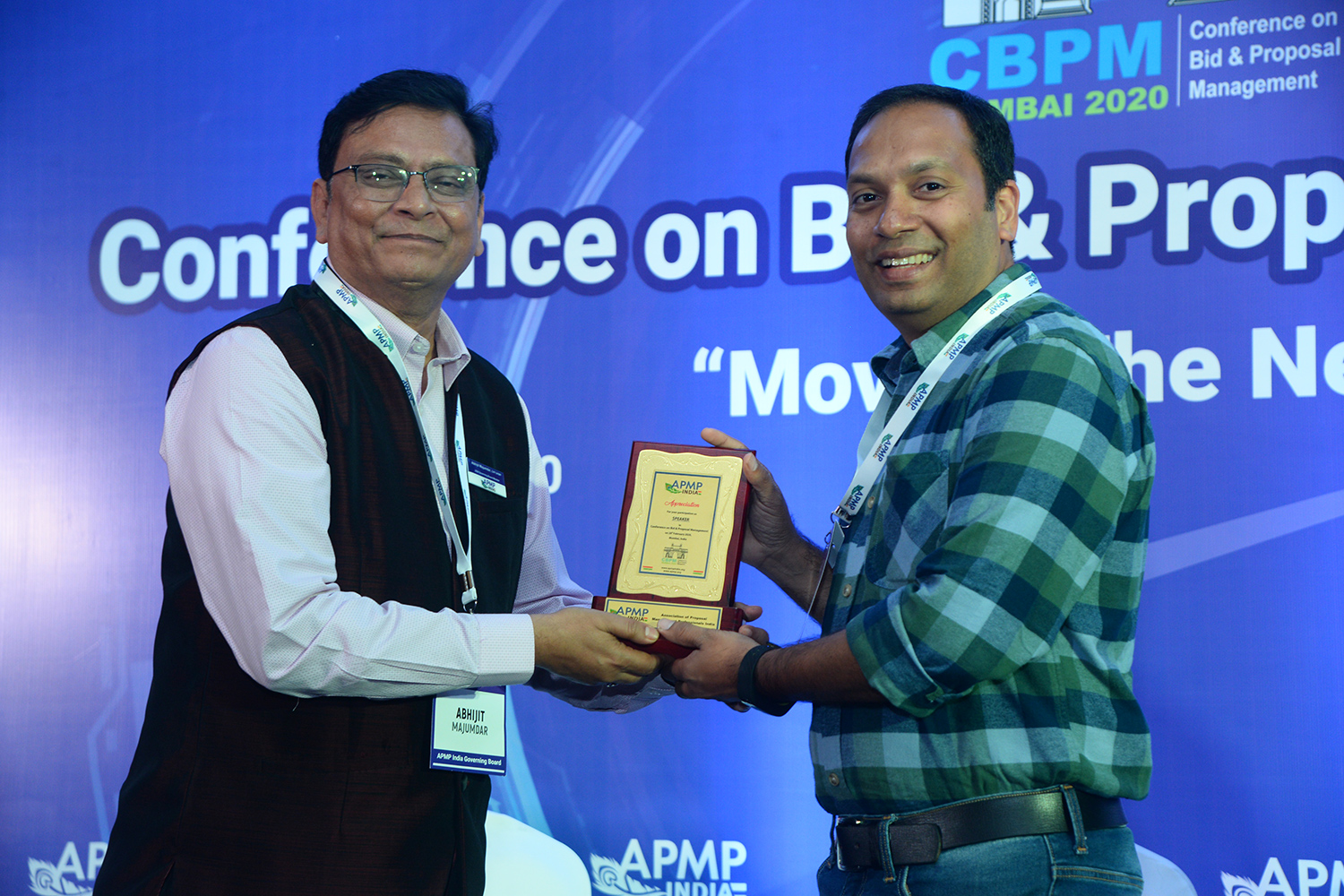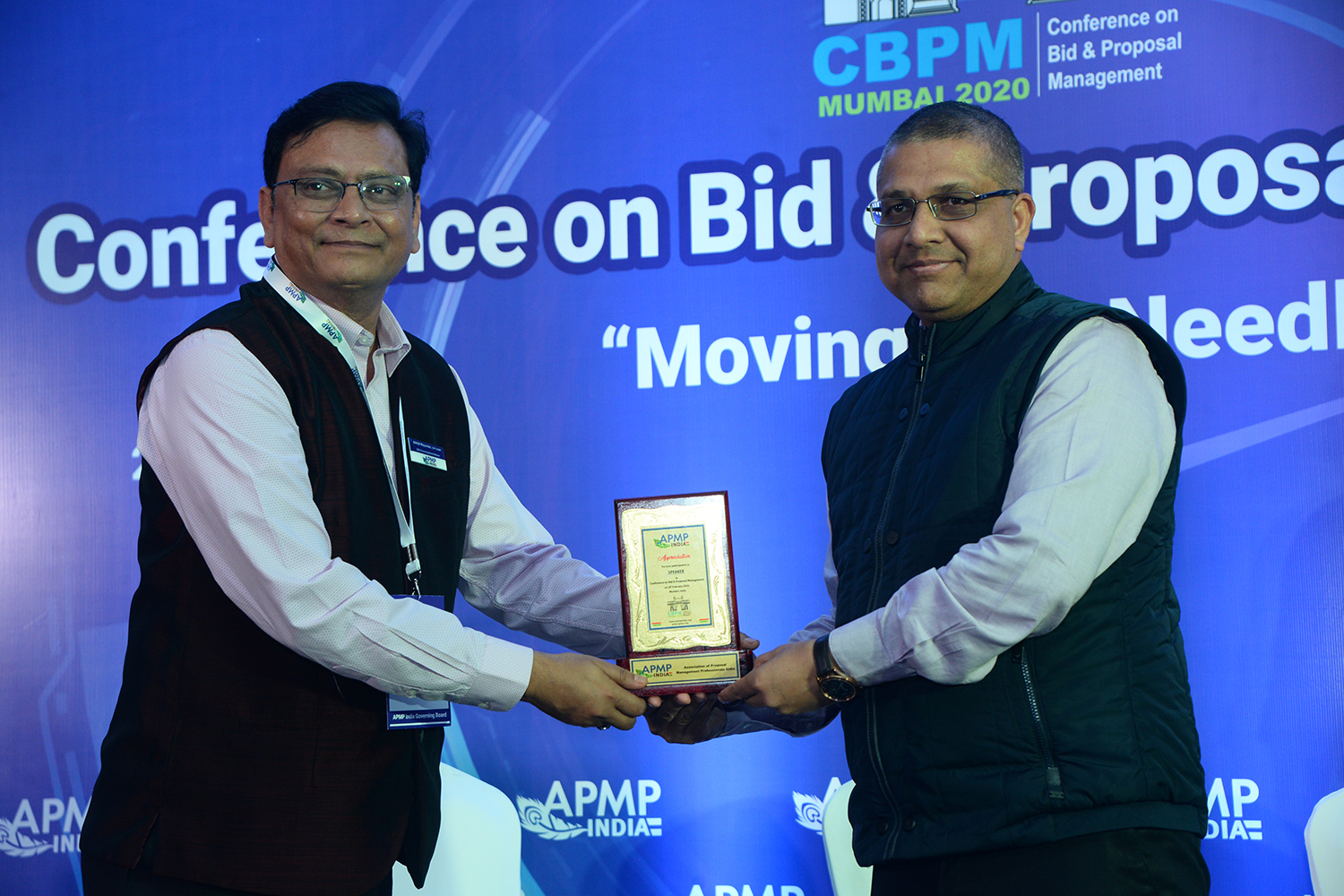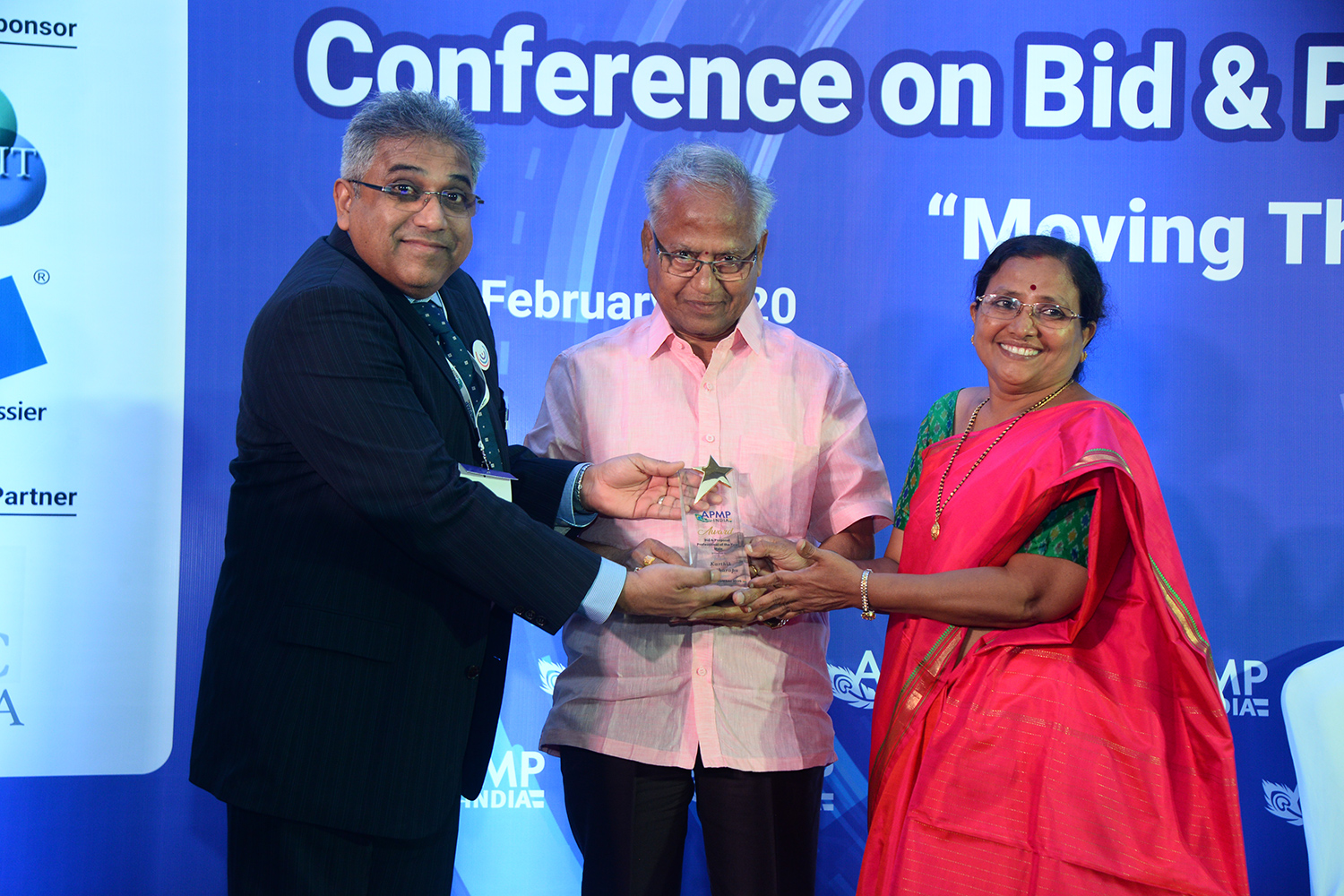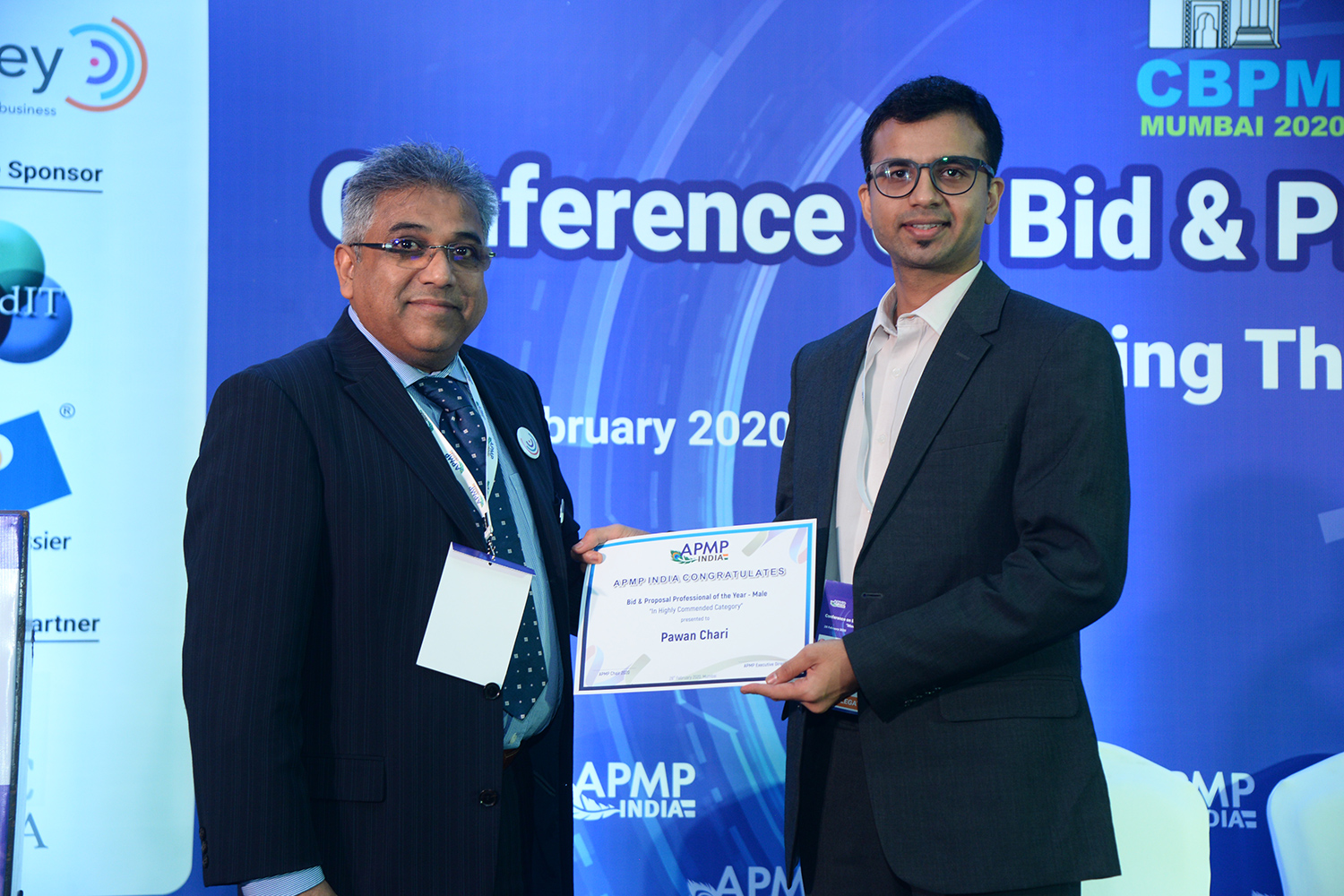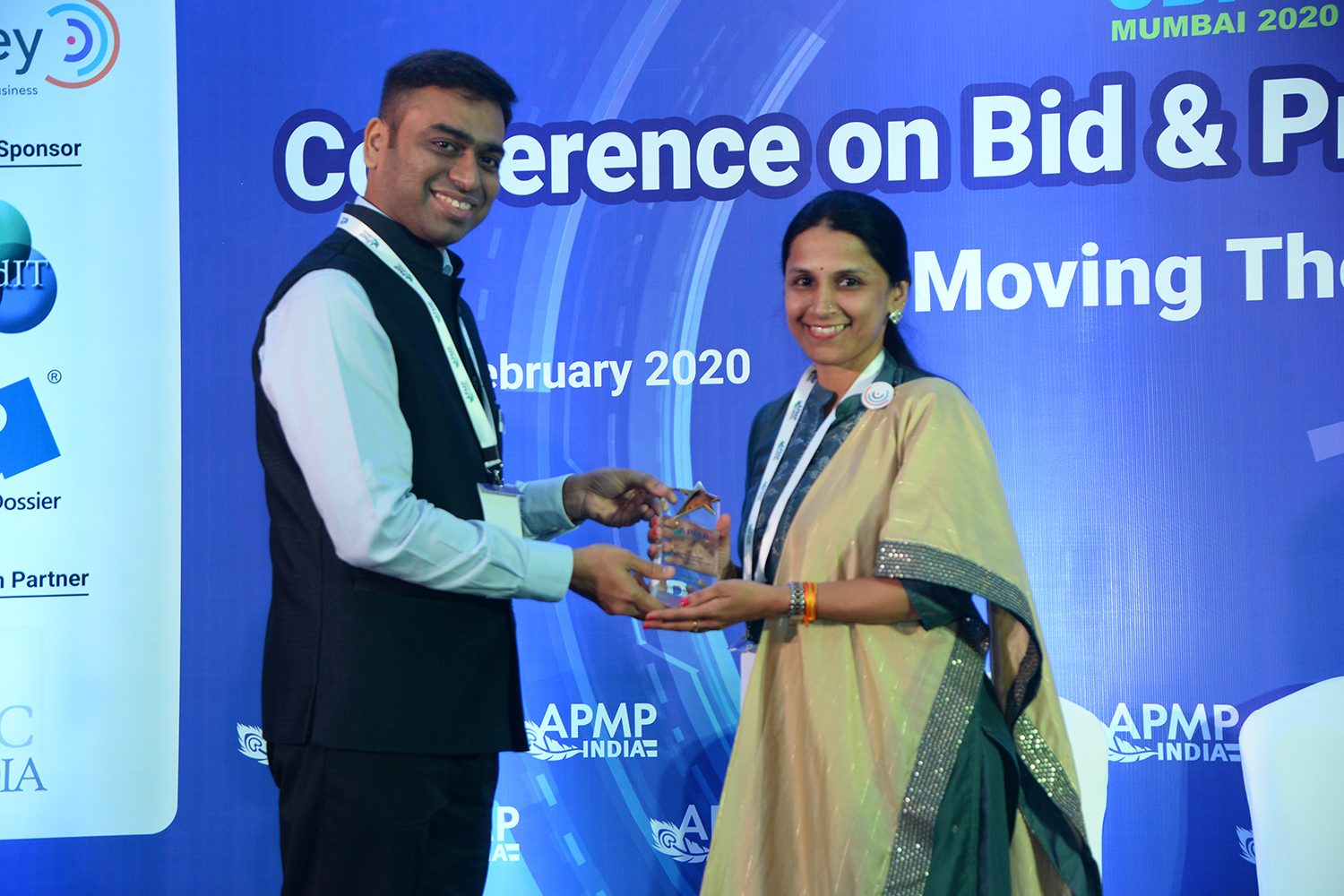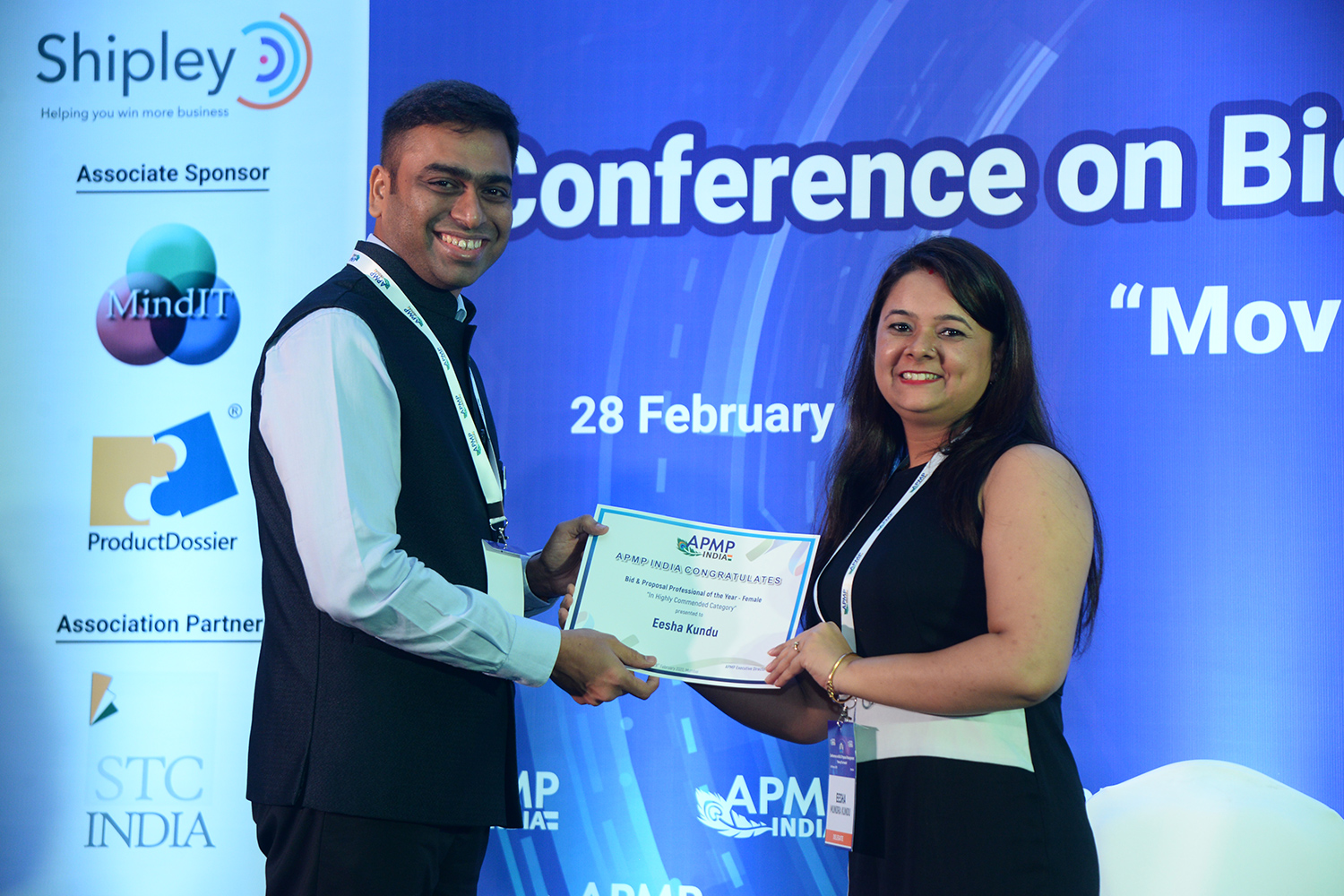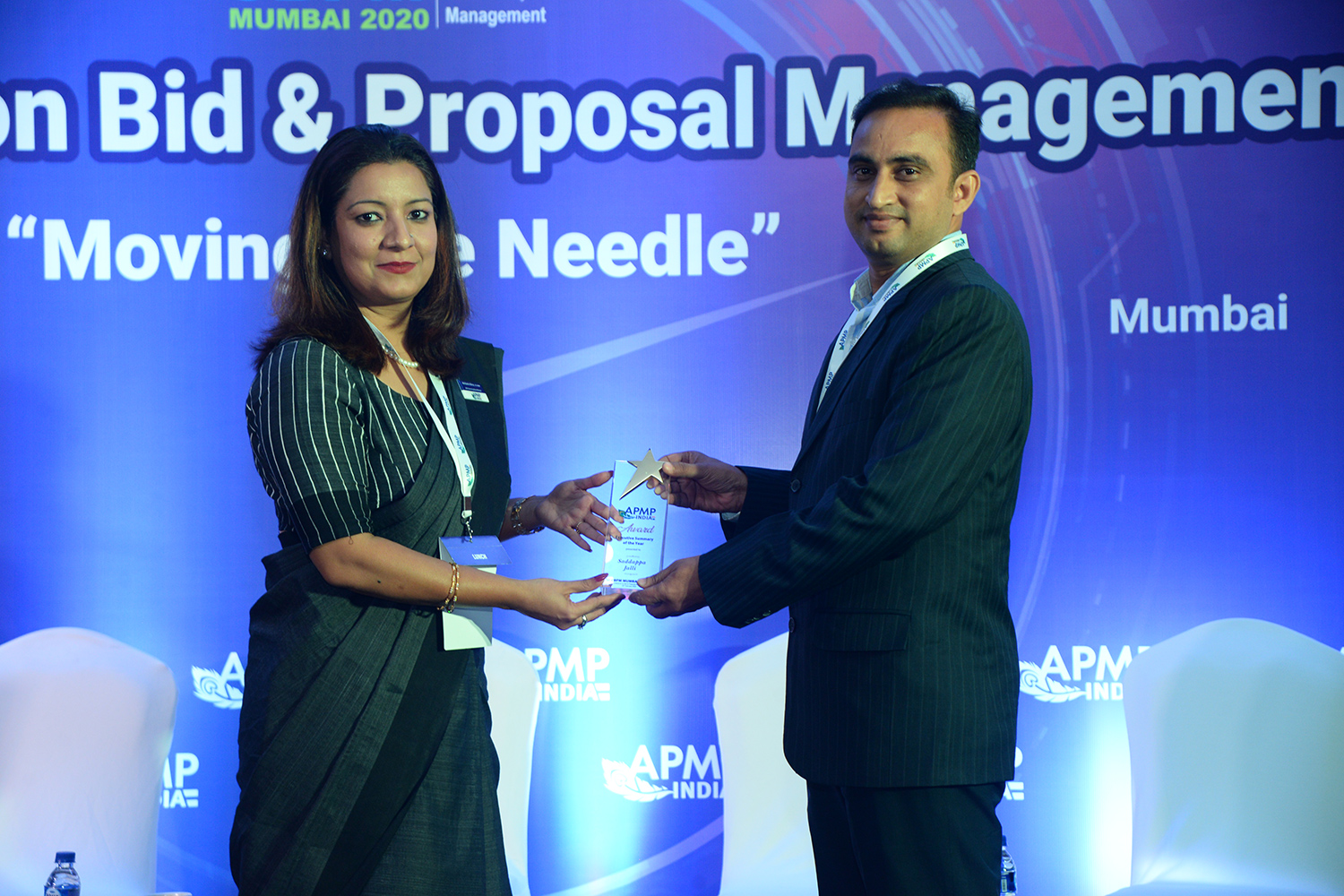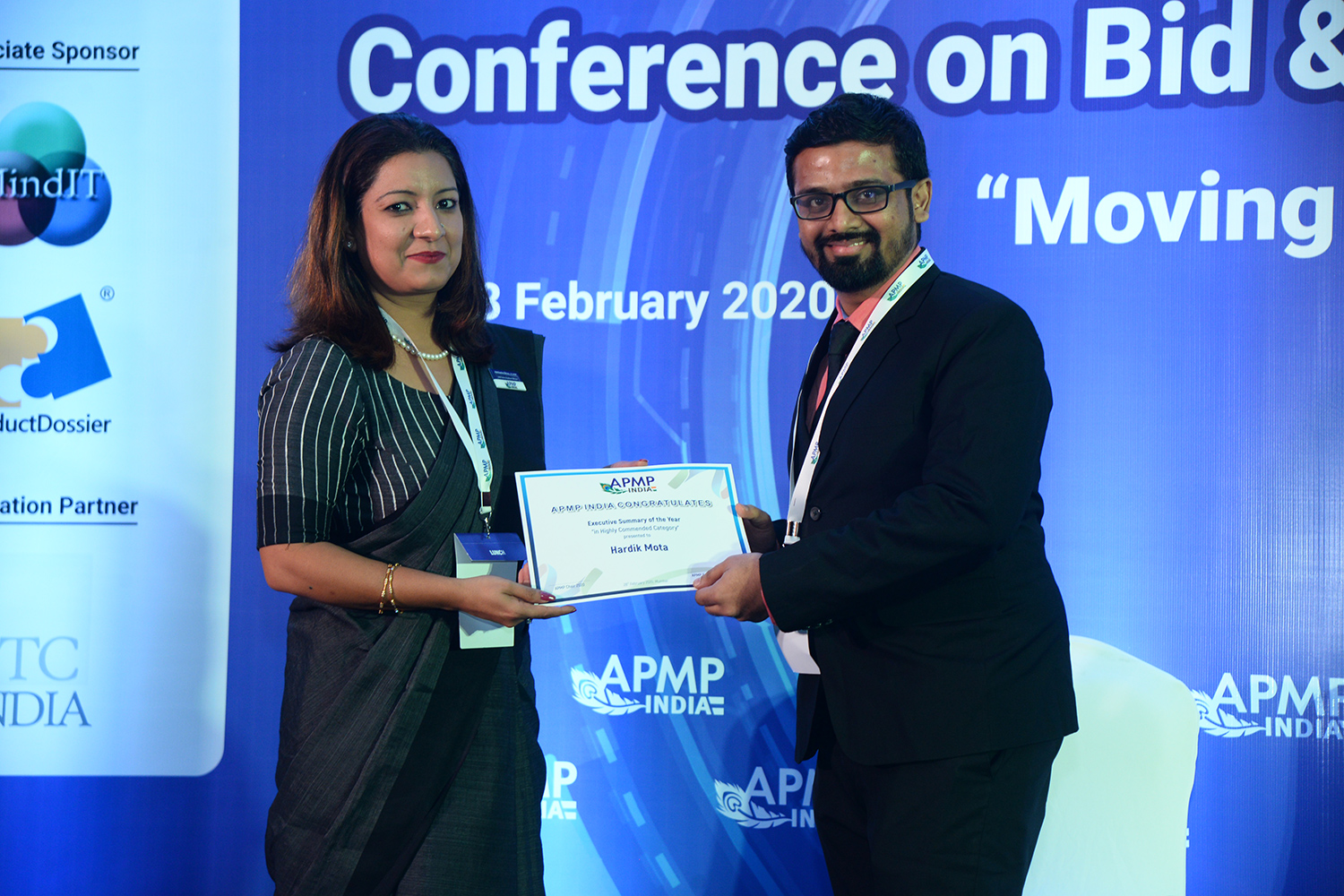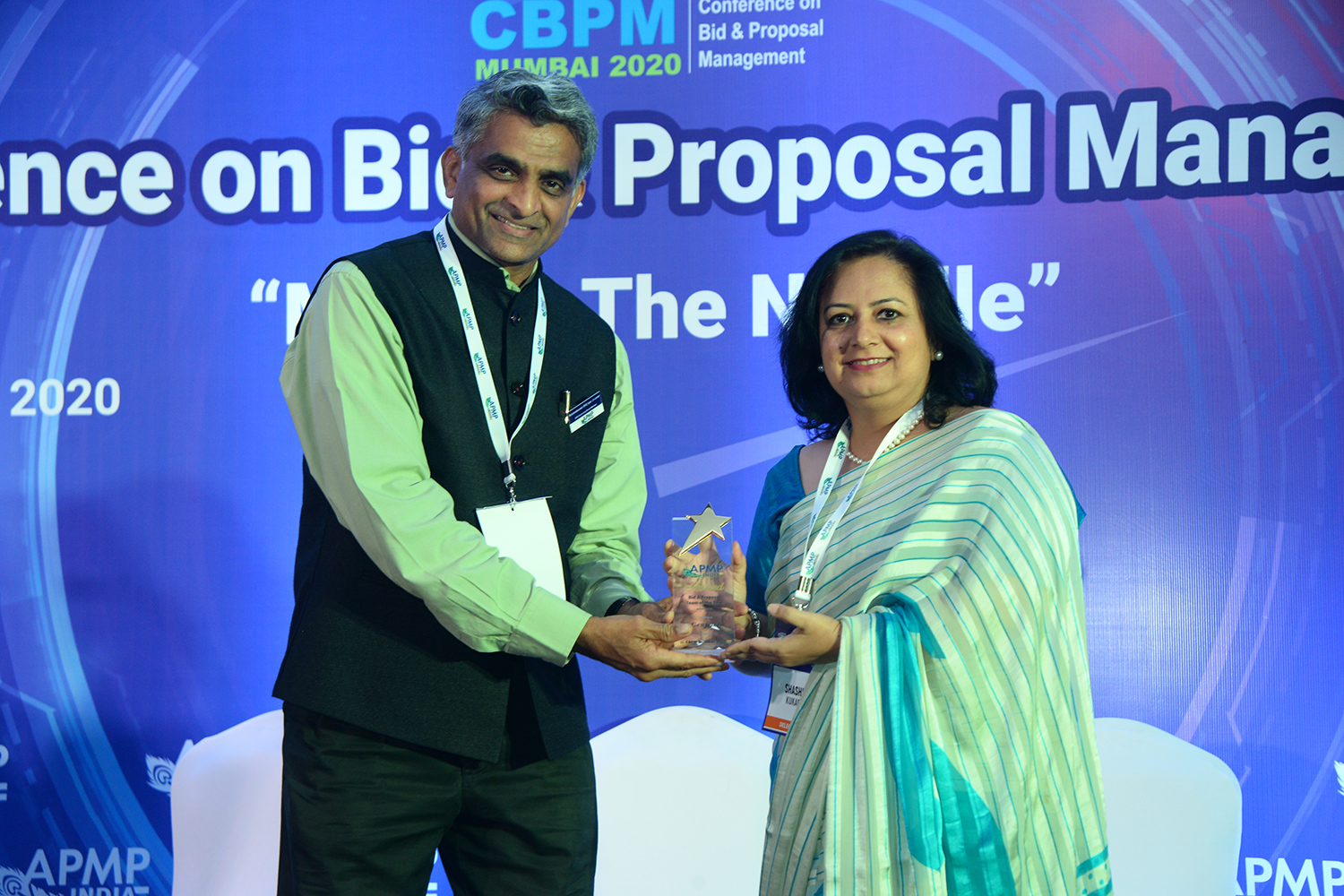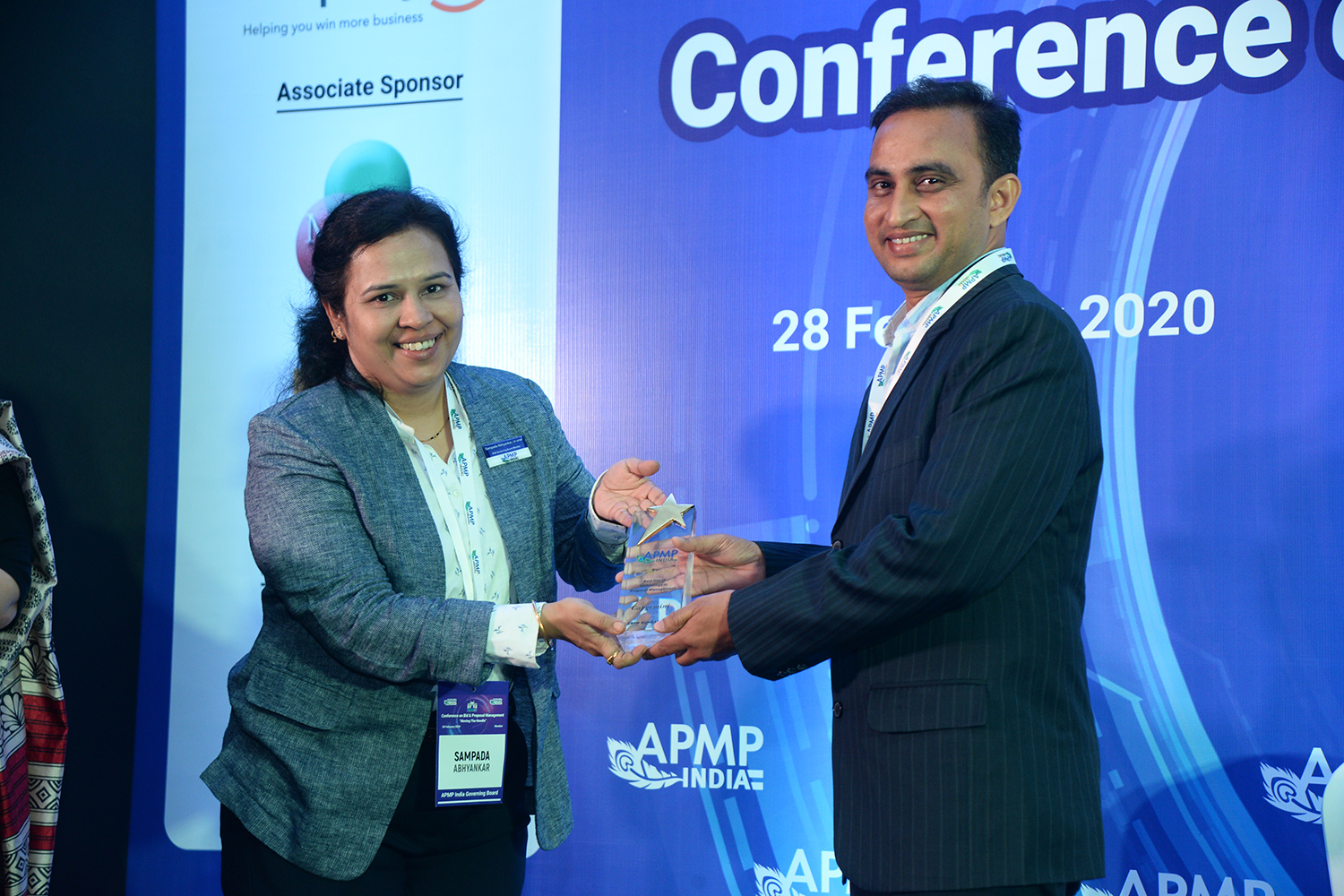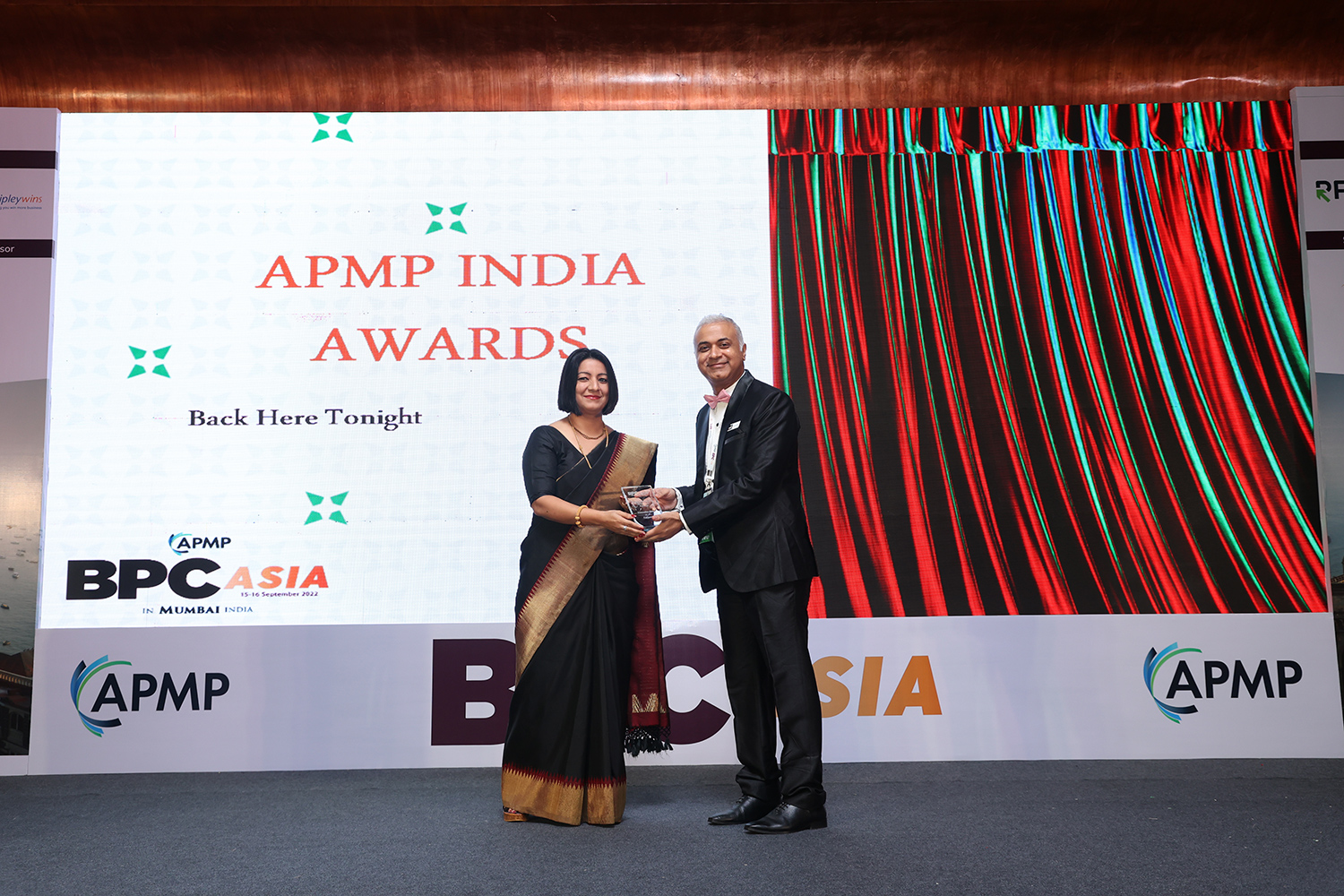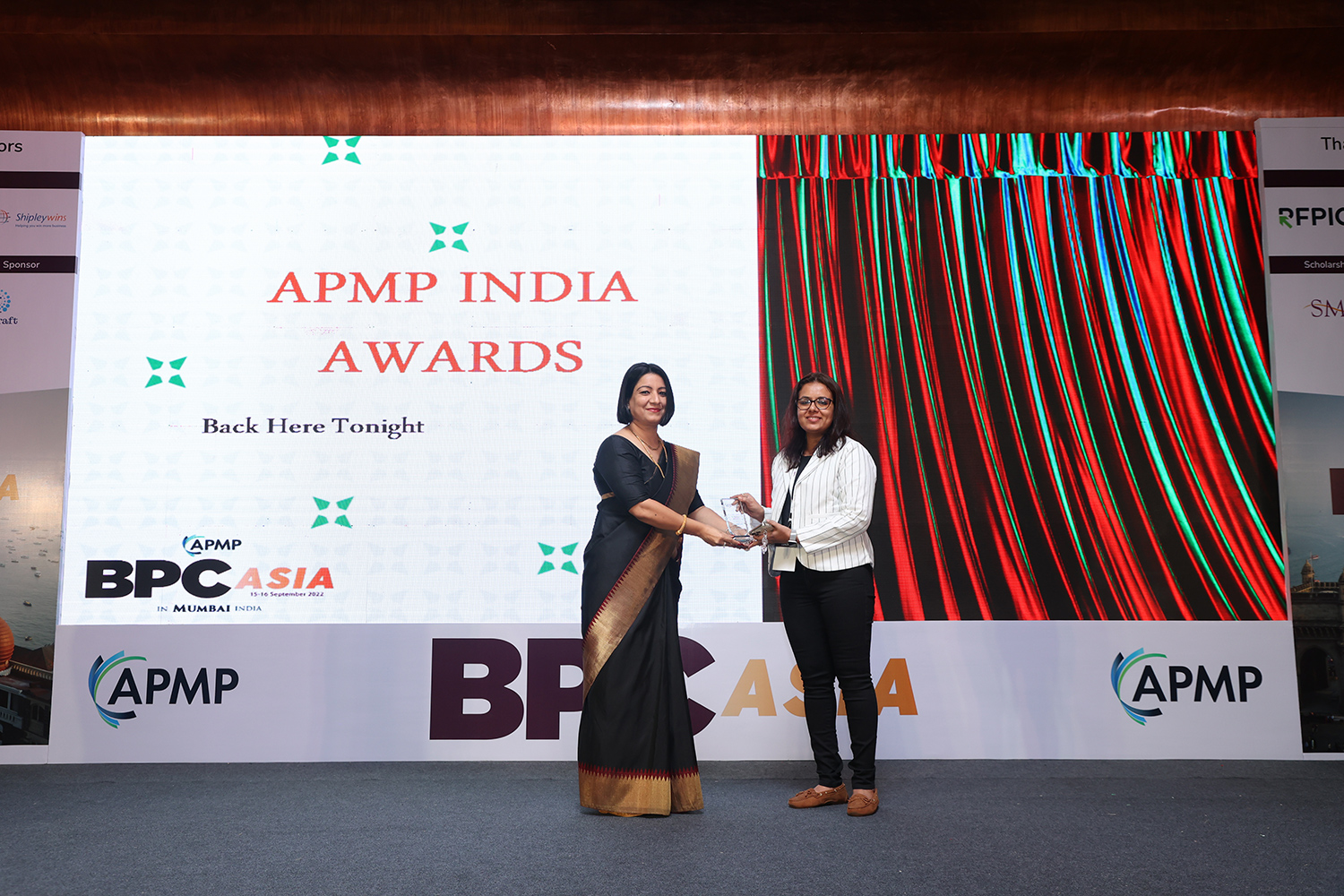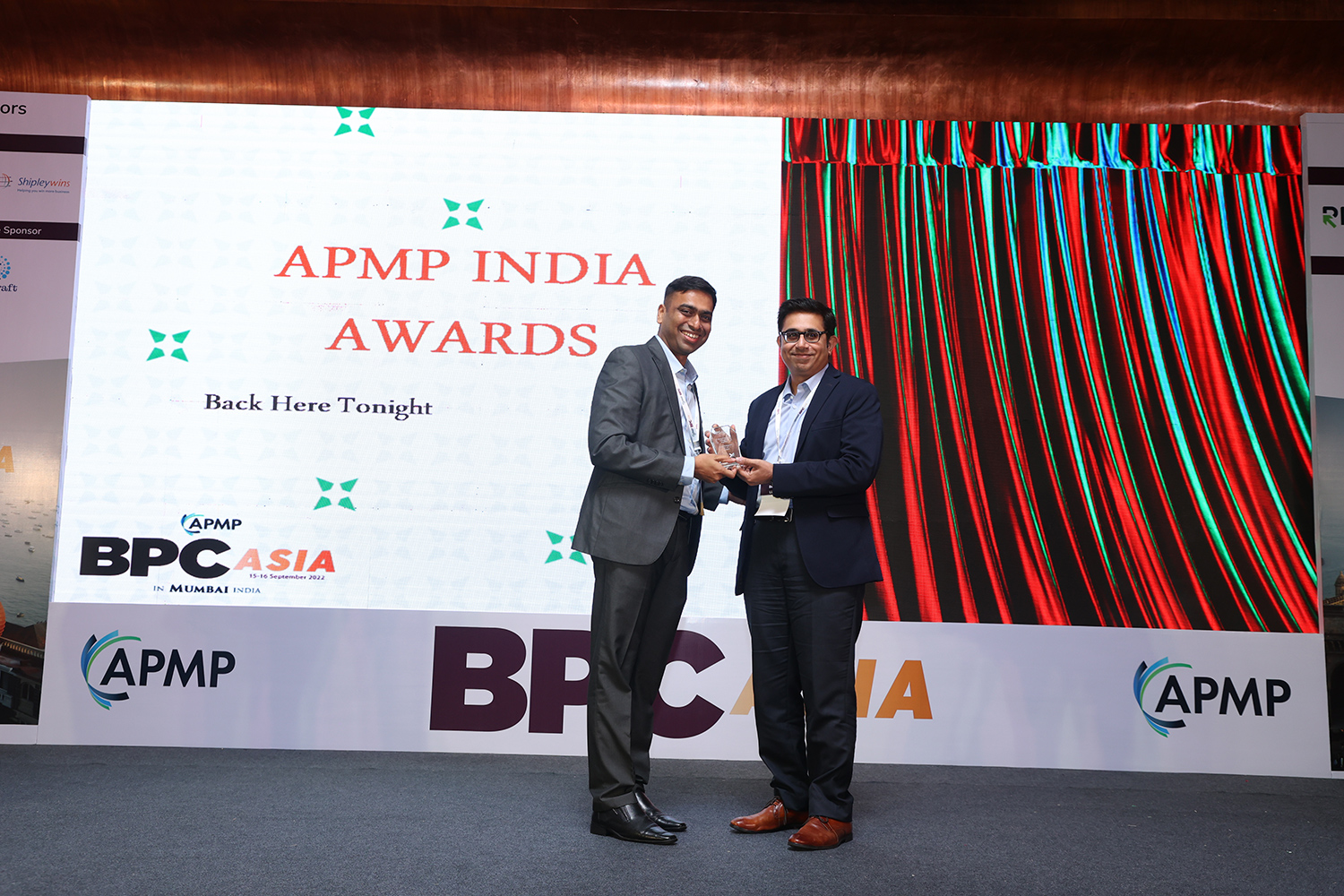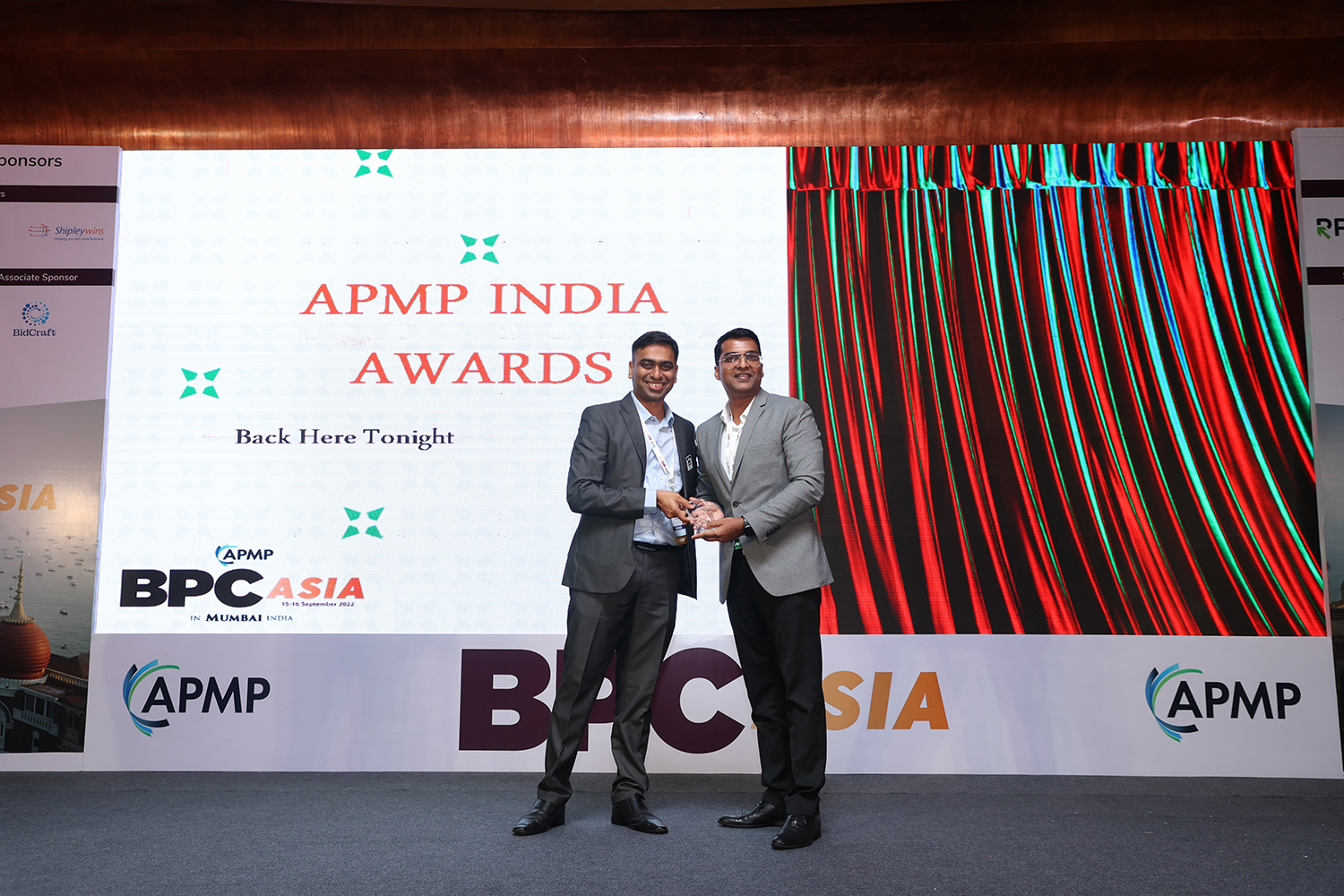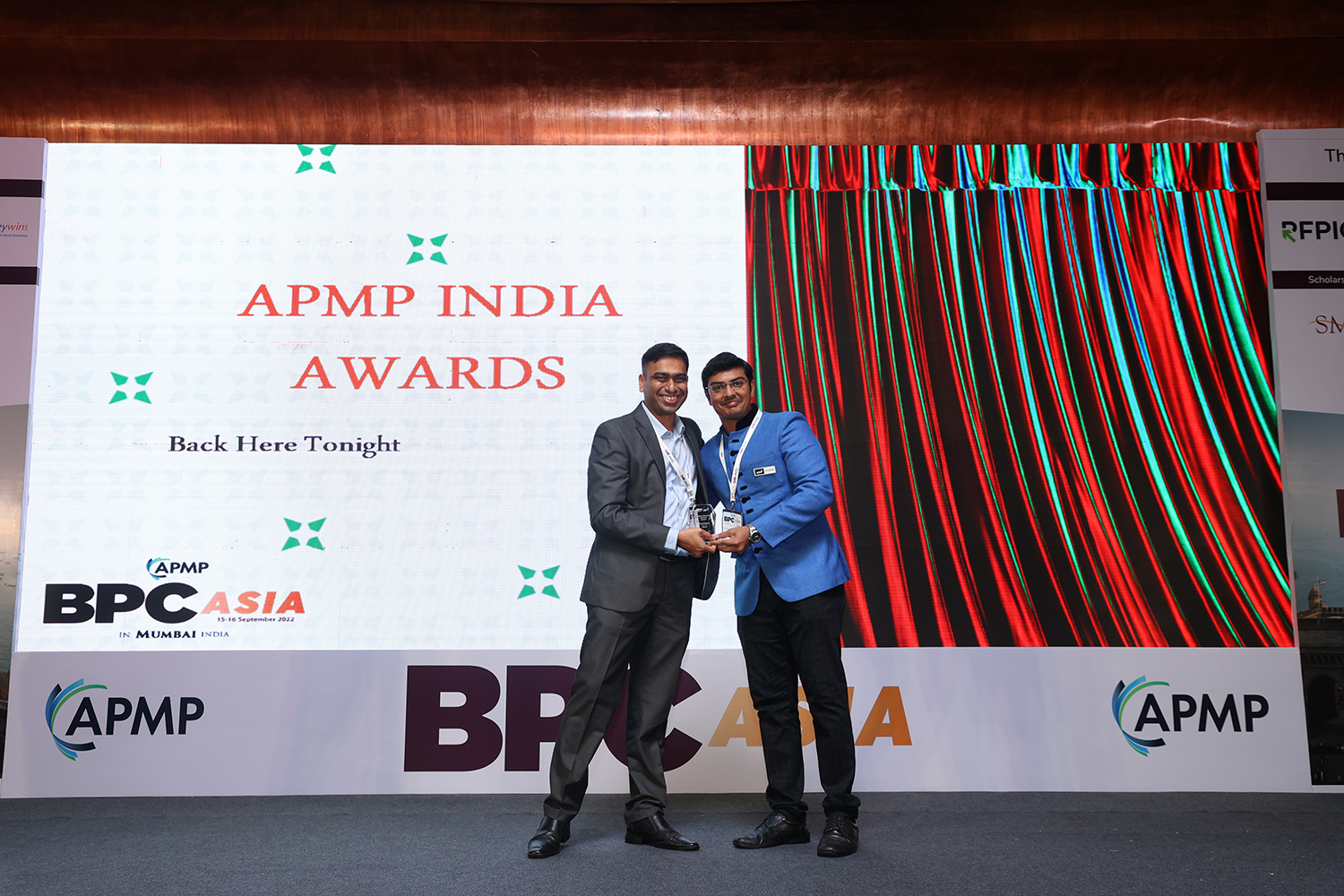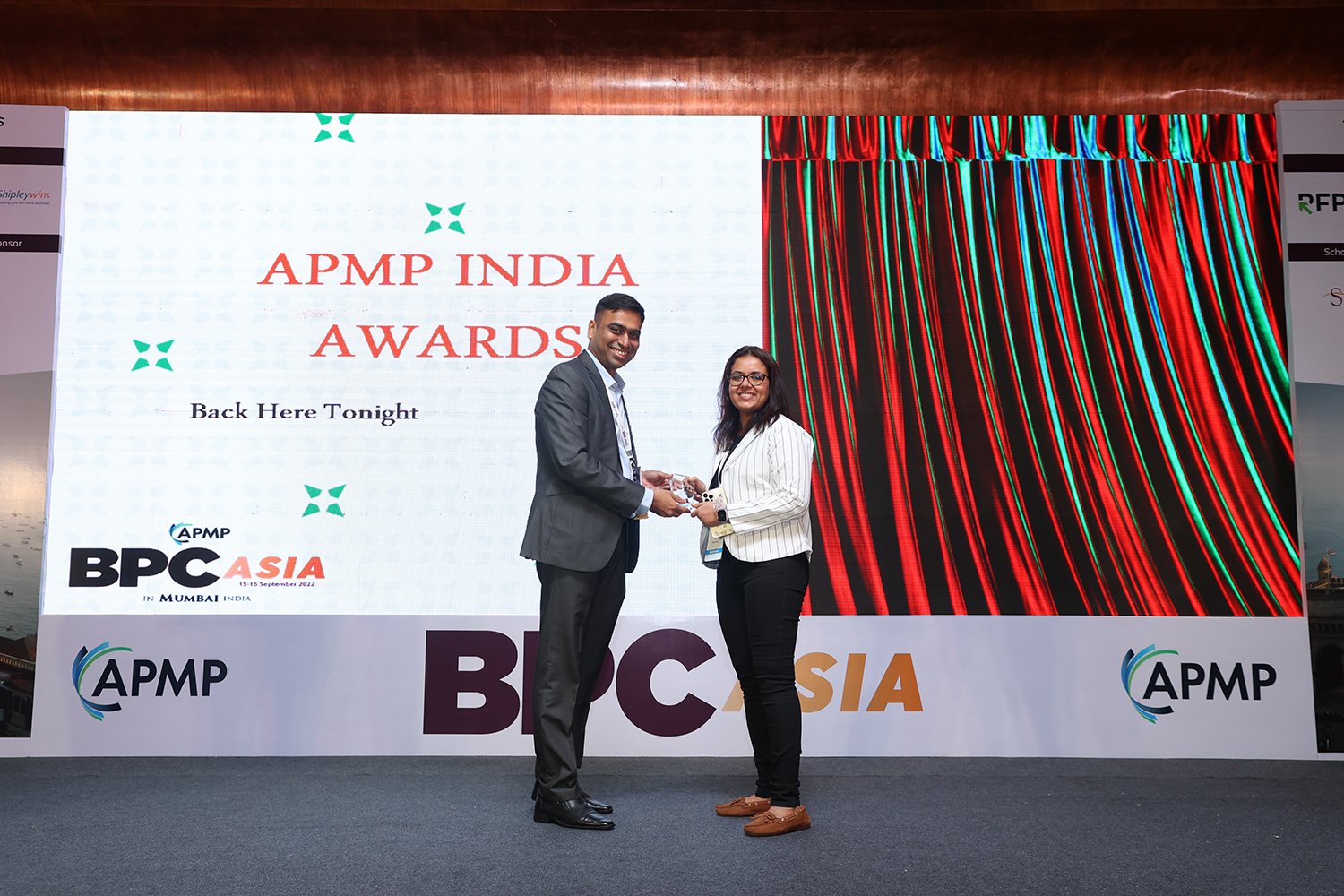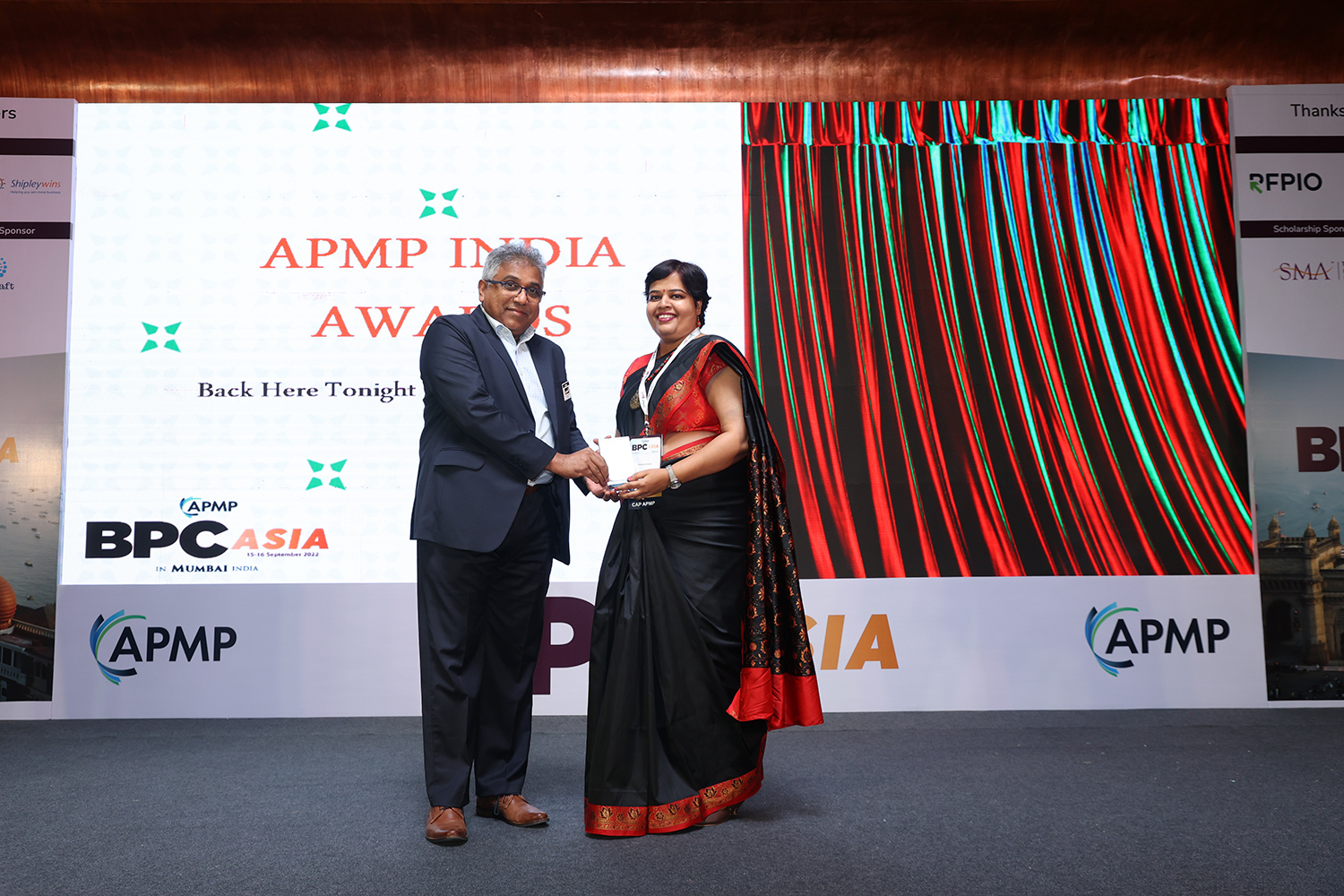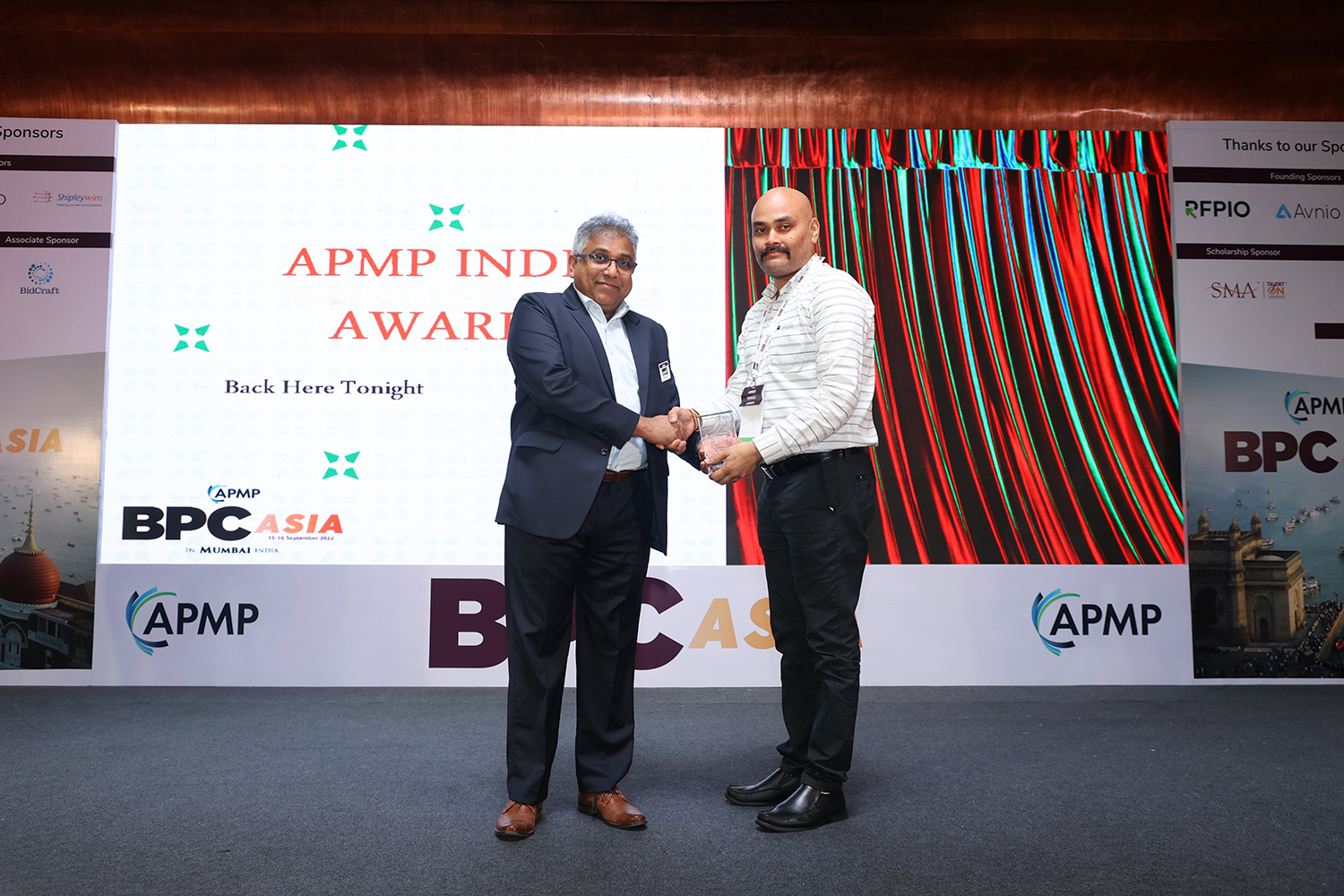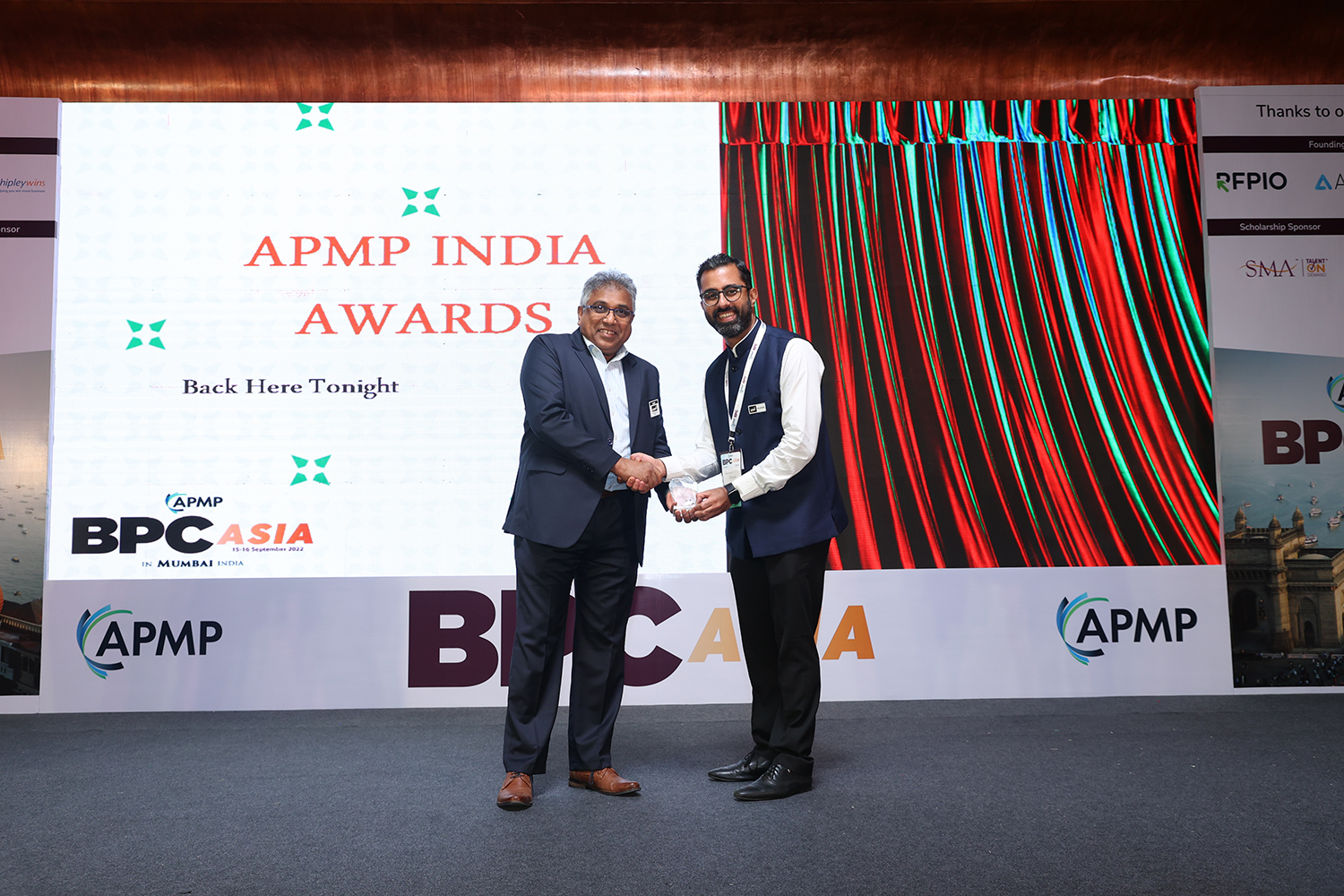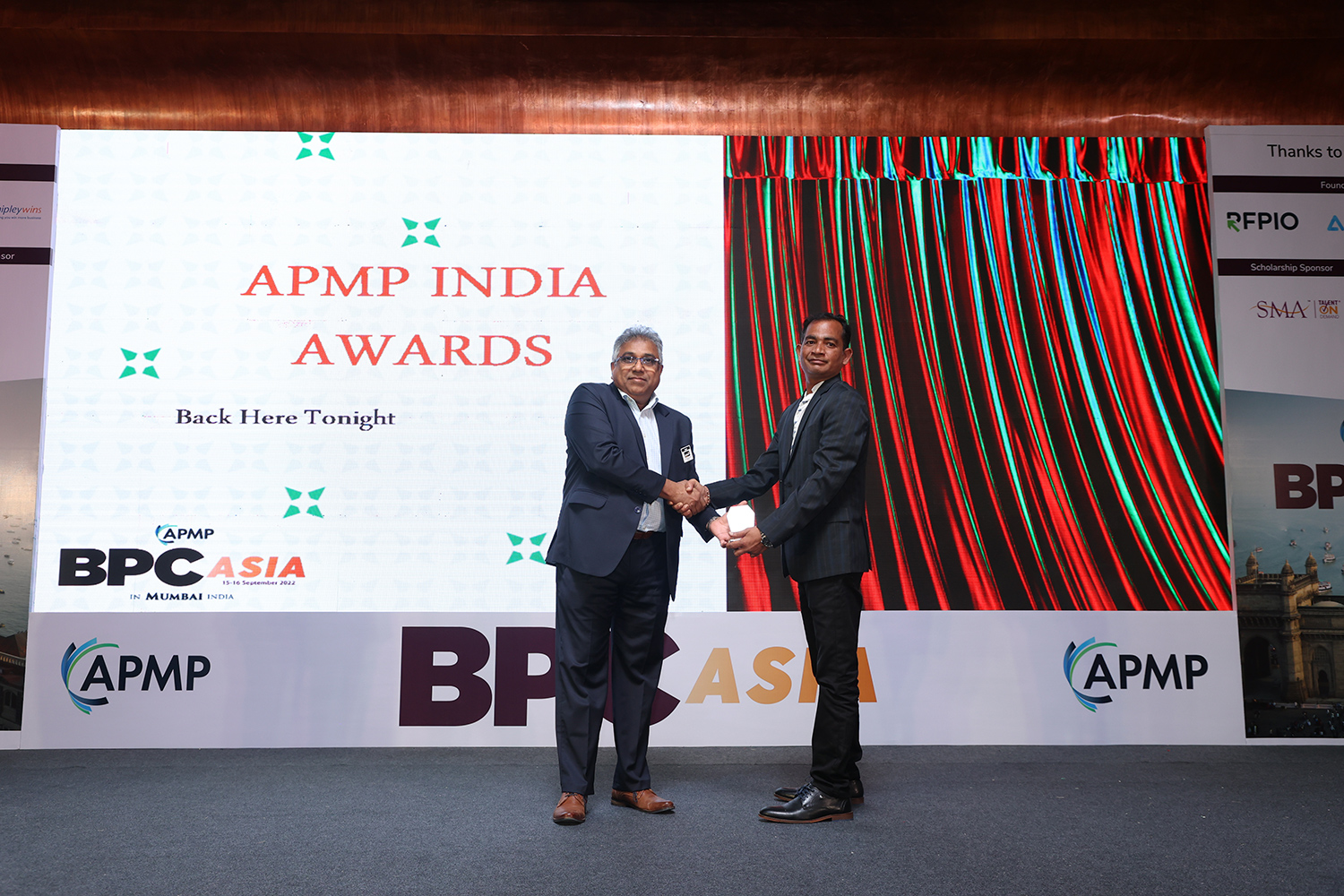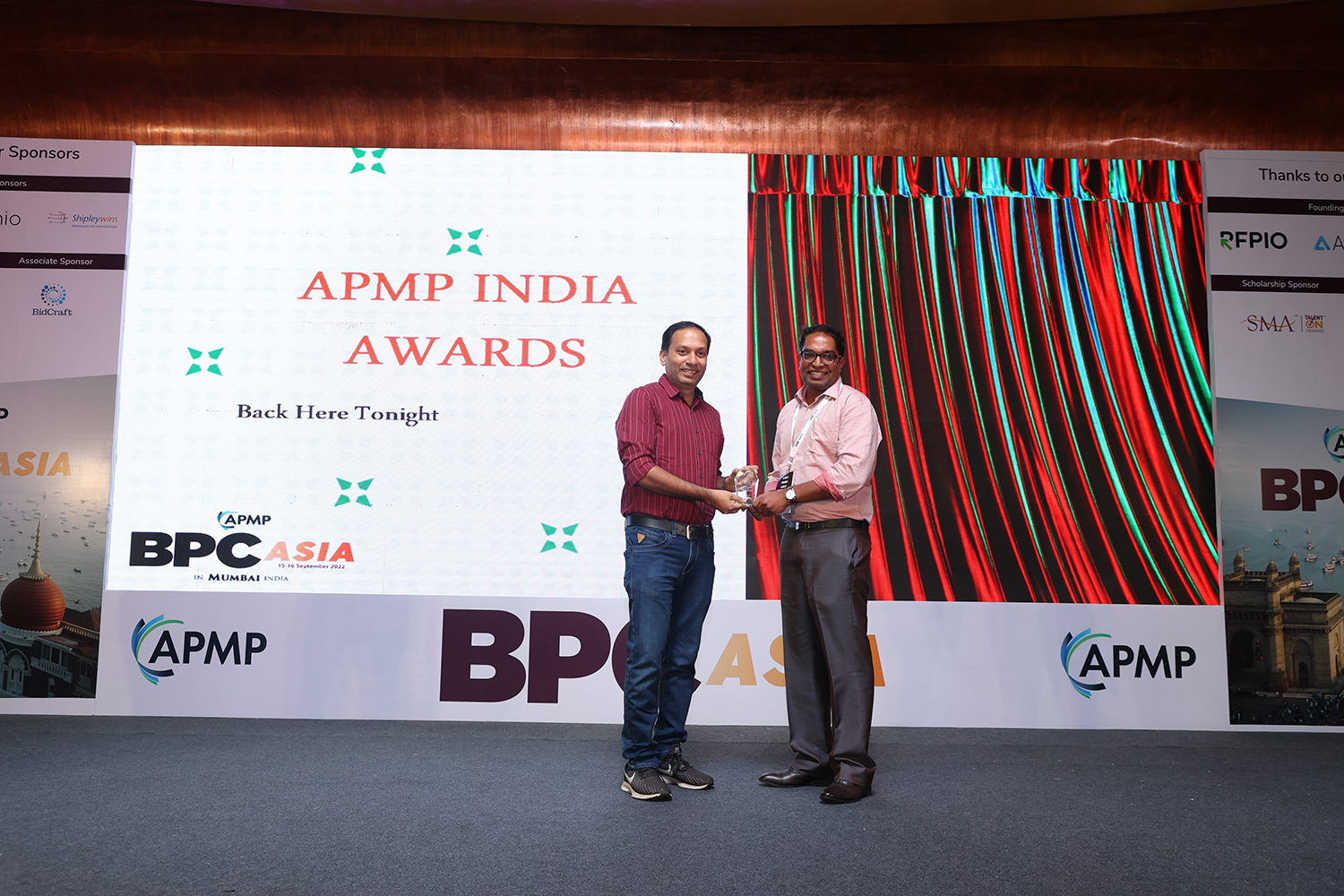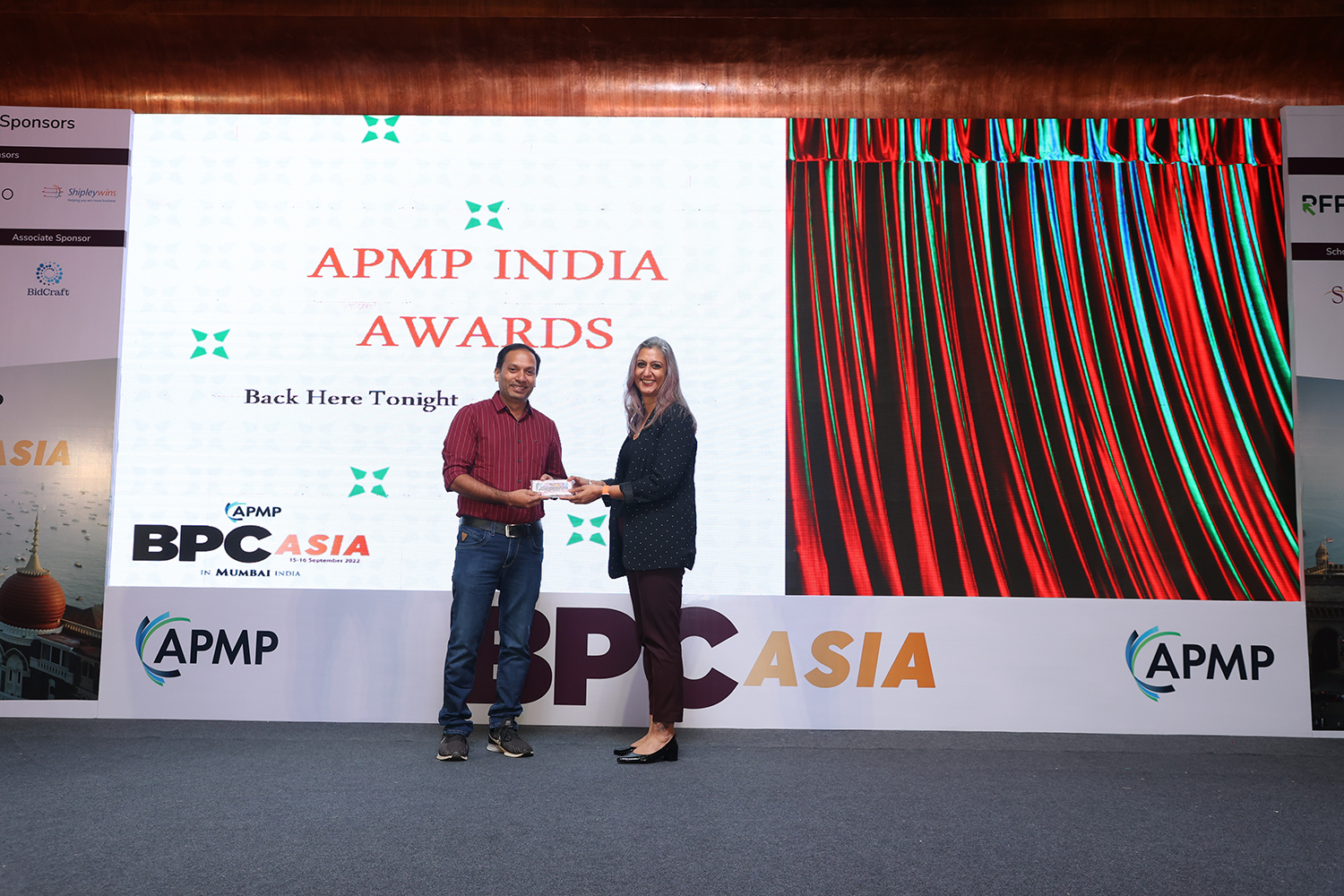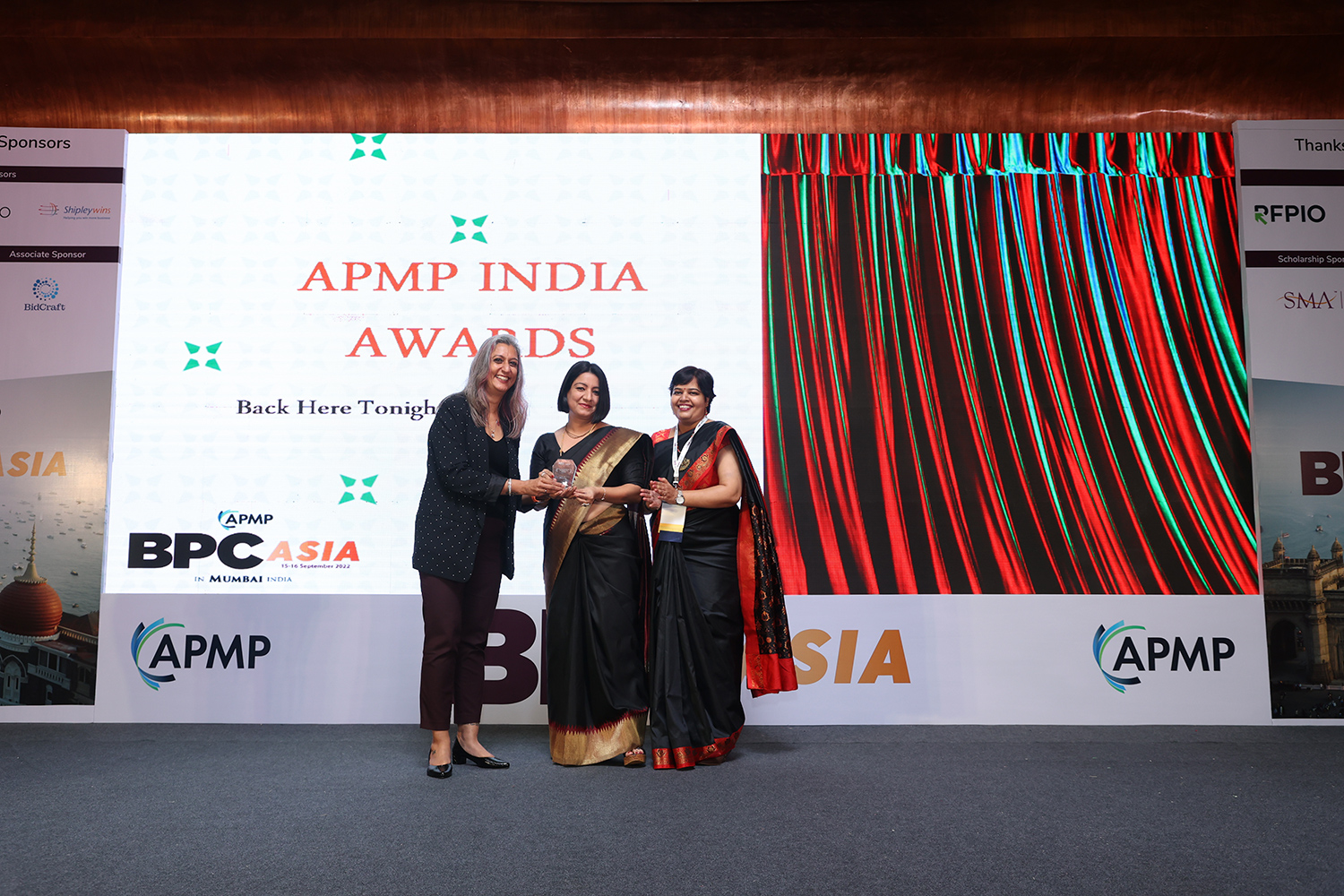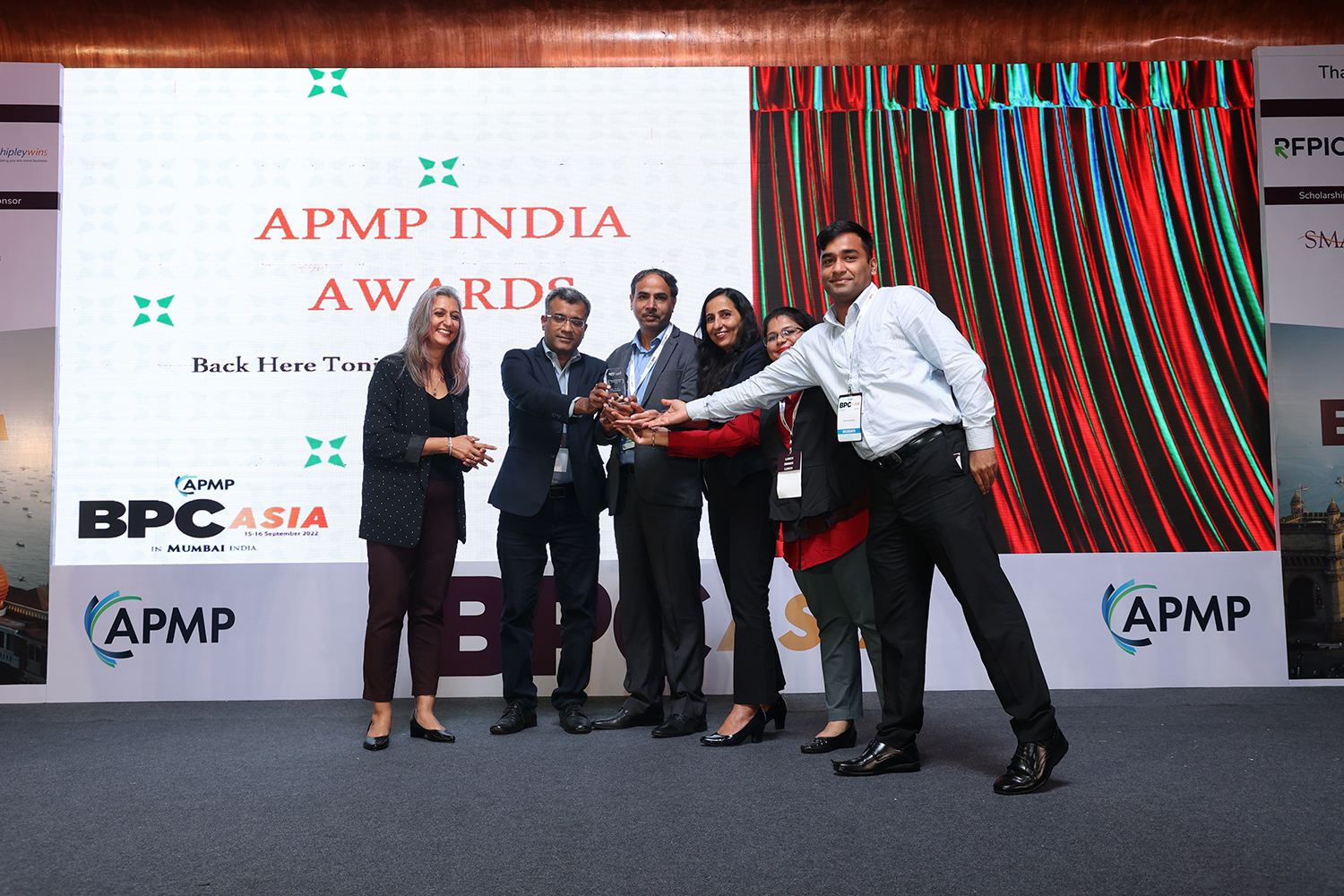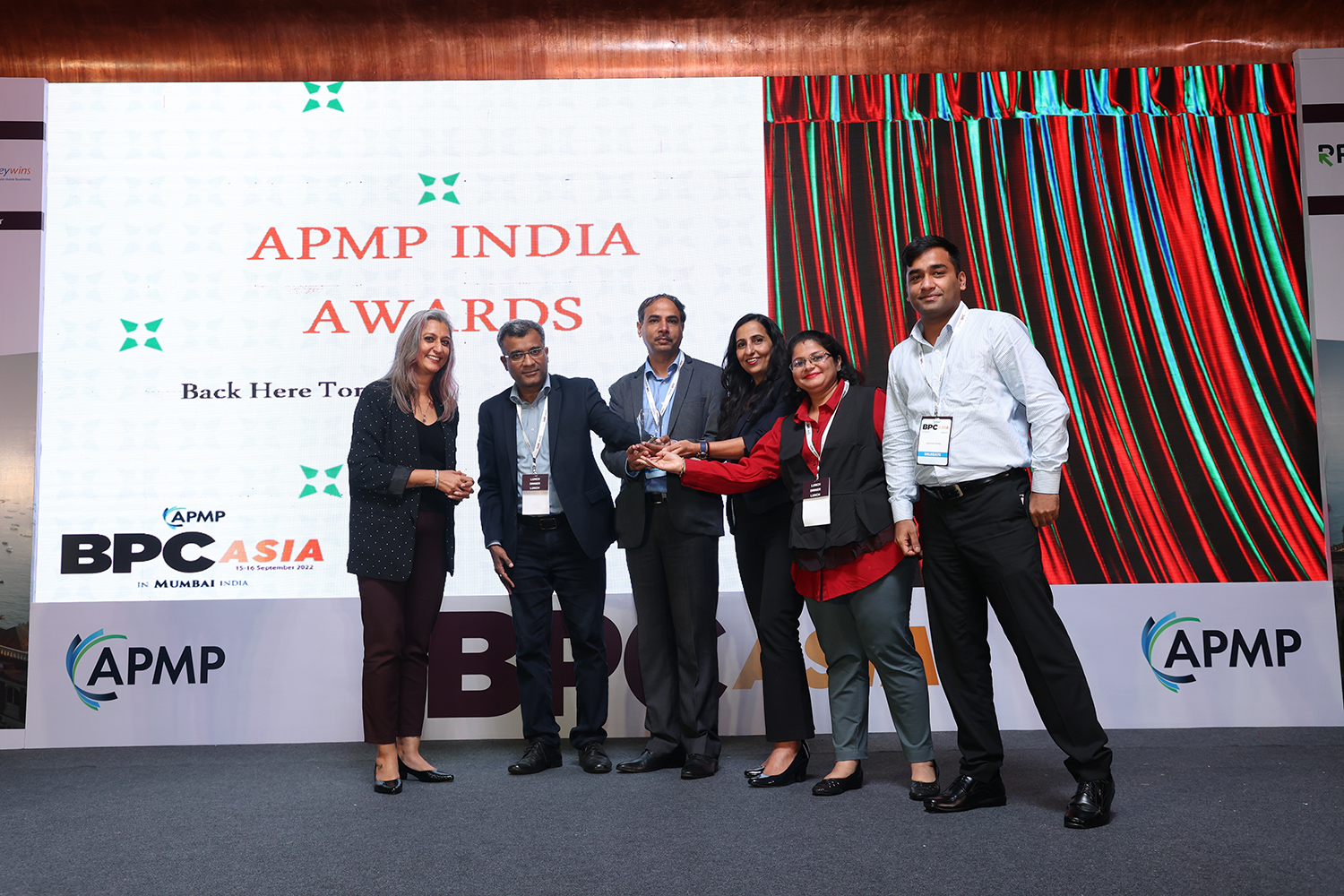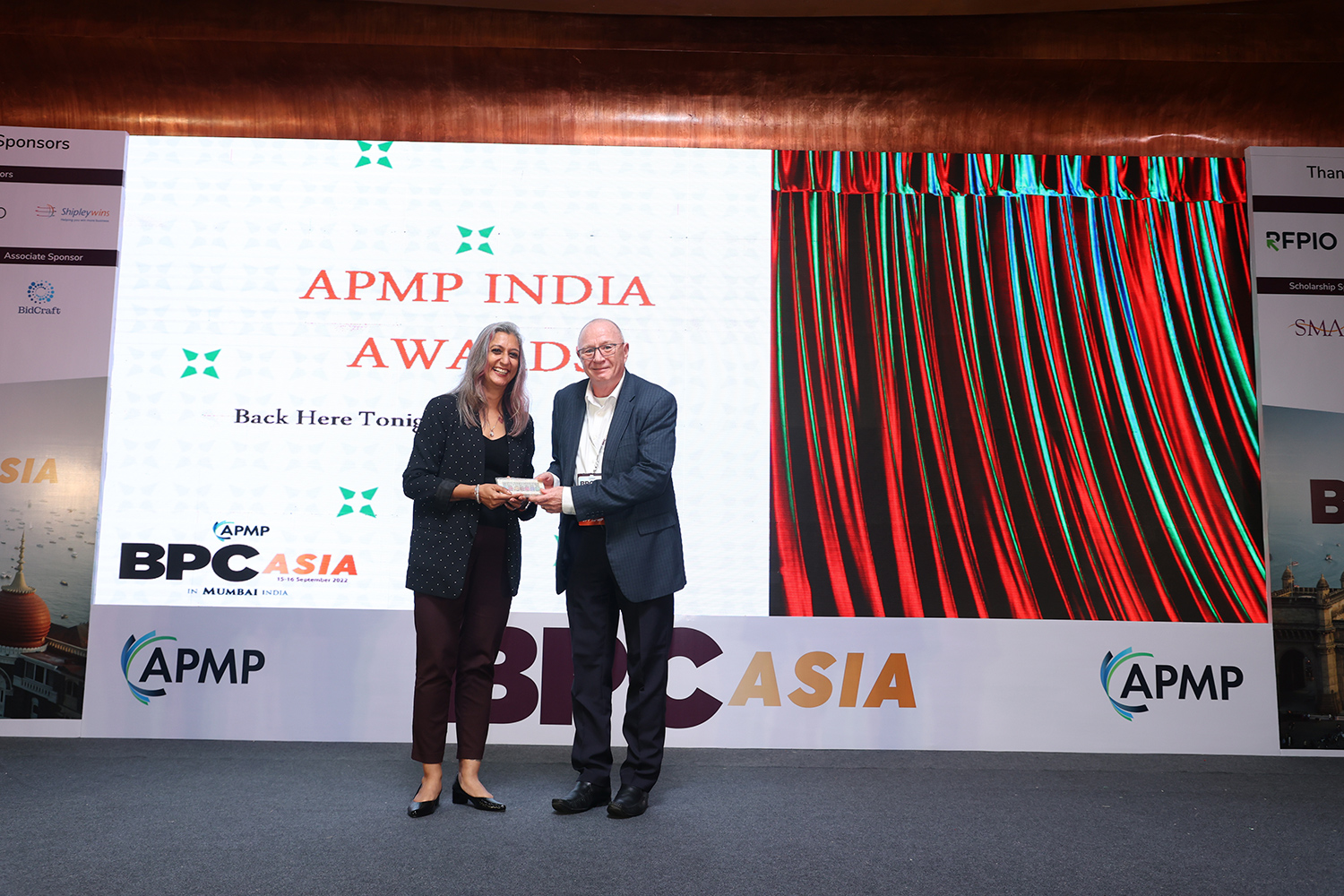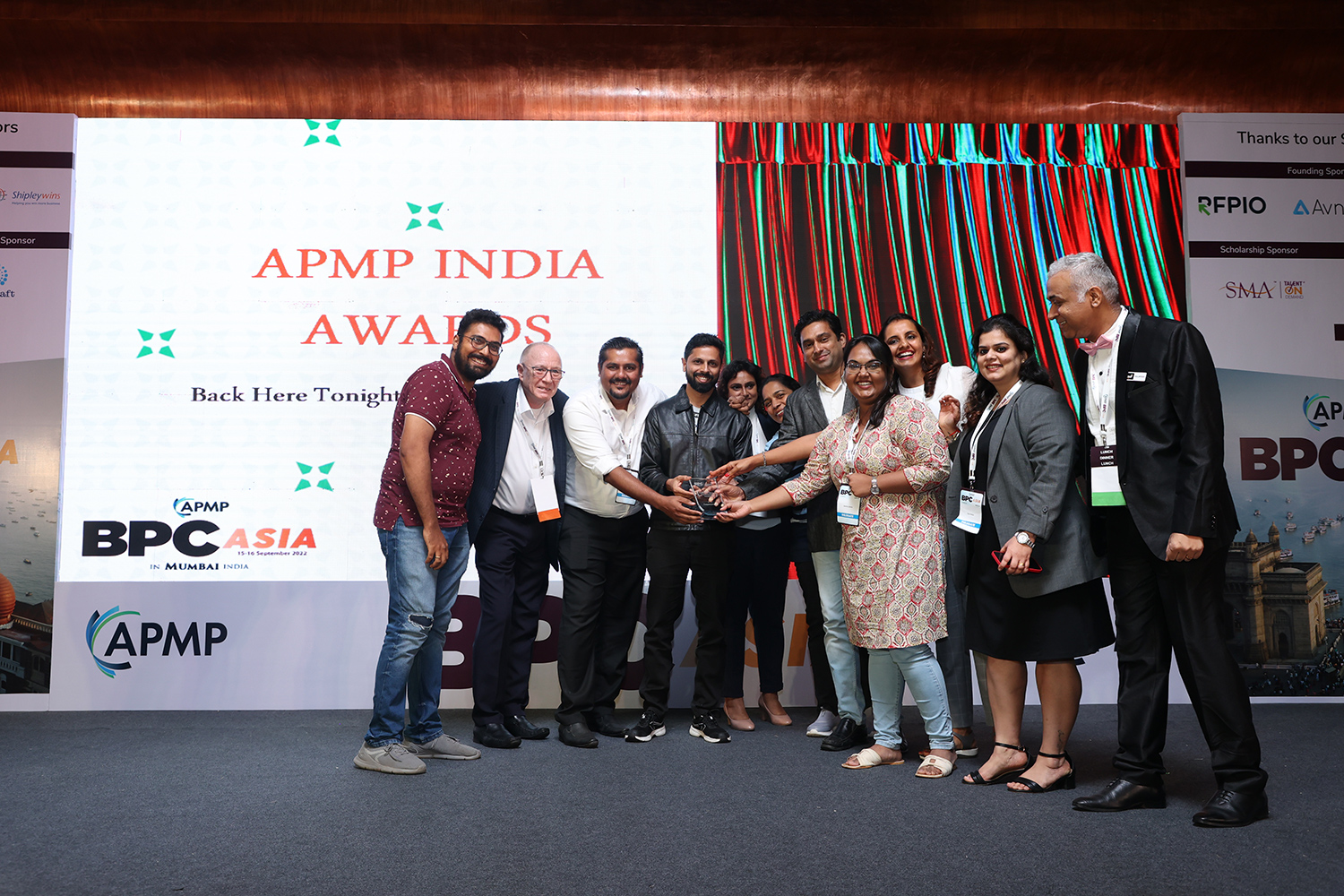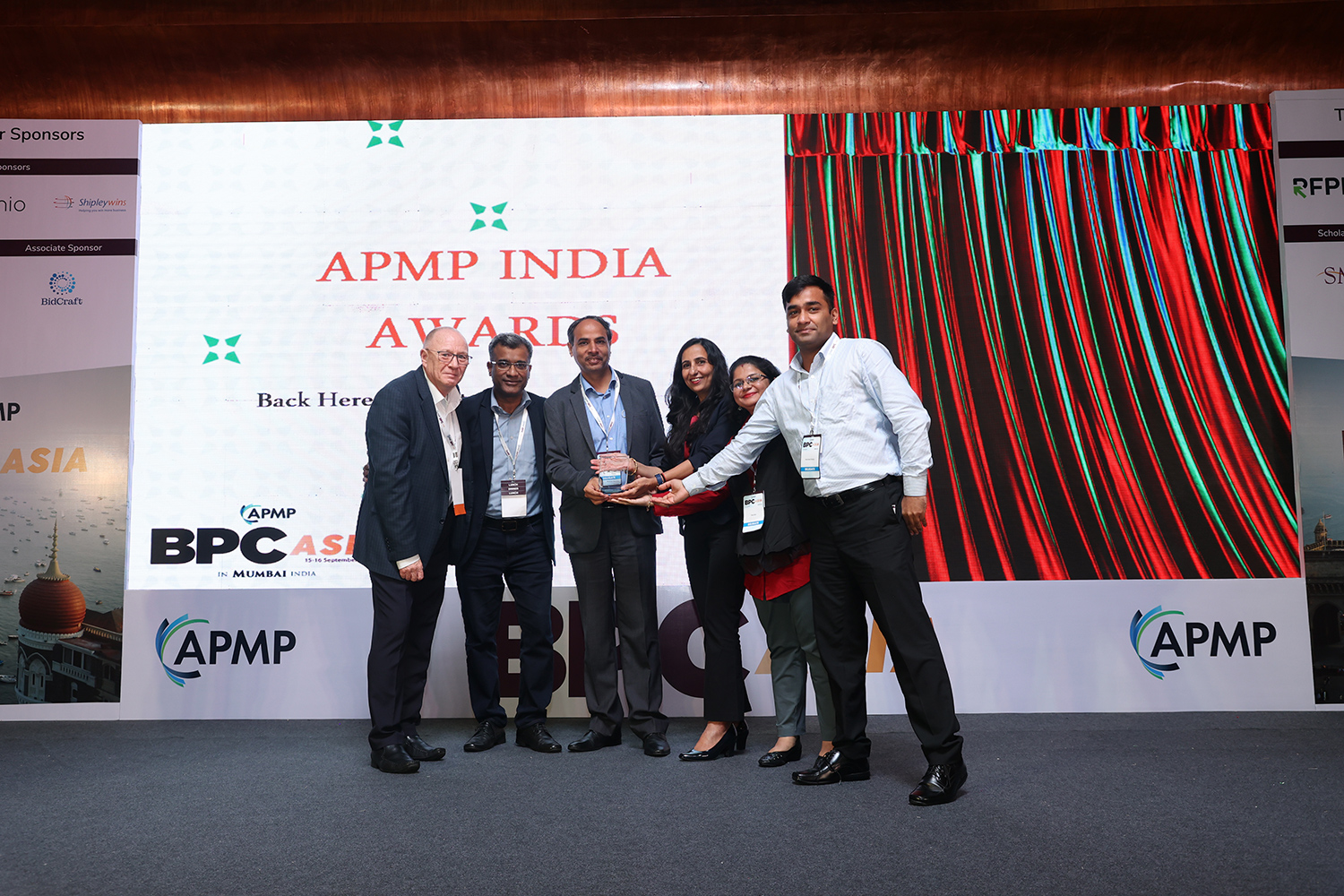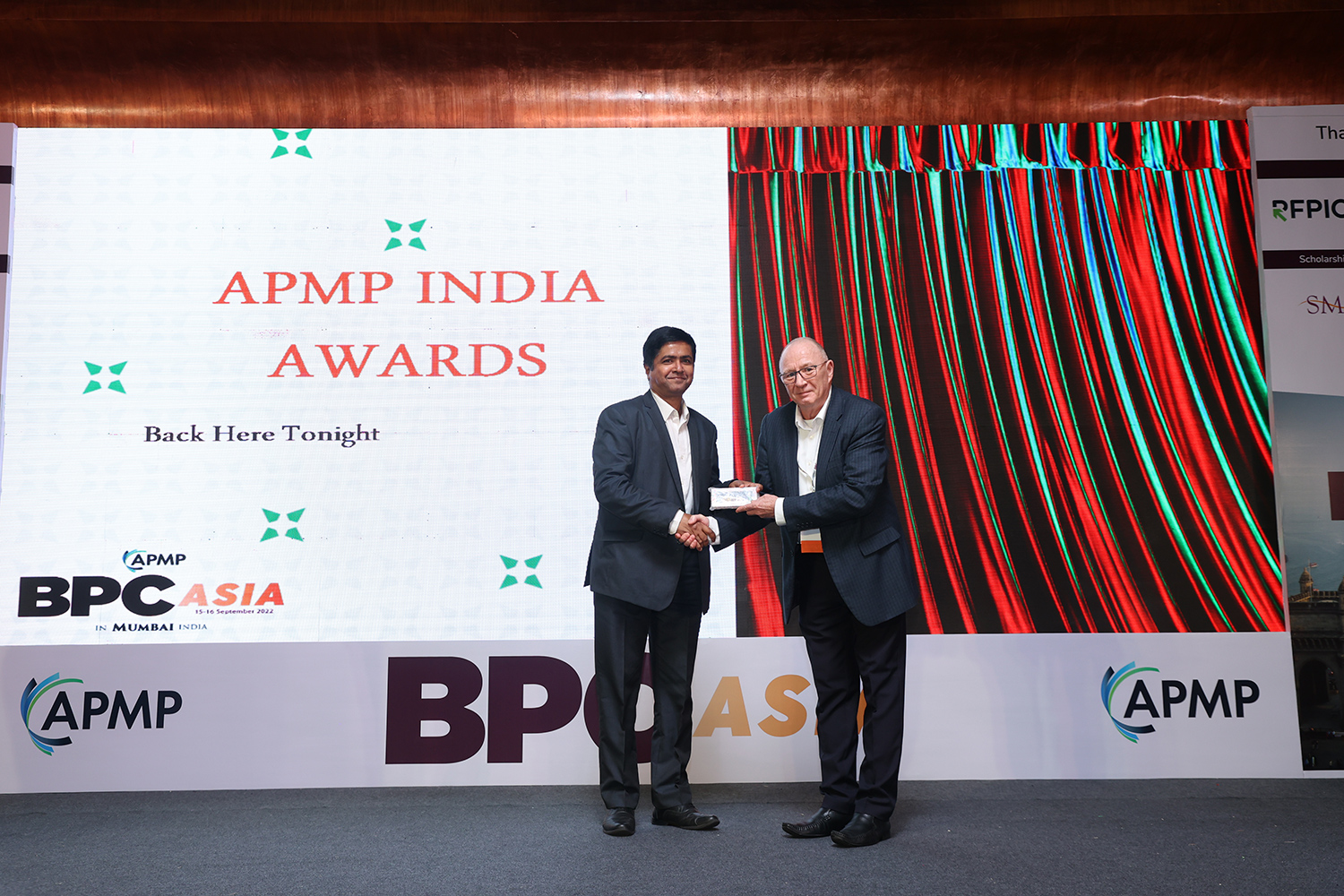Bid/Proposal Management is one of the most dynamic and exhilarating career options that the corporate world has to offer. Anyone who has been through the bid cycle has experienced the adrenaline rush of working within tight deadlines, especially around the last few days prior to the proposal submission.
While this may sound all thrilling and enticing, the role of the bid manager is to ensure a smooth, anxiety free proposal submission while ensuring the comprehensiveness of the proposal. In a time-bound bidding process Time is the bid team’s most valued resource. It is imperative to spend more time on value adding activities that will translate to a more refined and responsive proposal.
With this blog I intend to share a share a few ways (tried, tested and fine-tuned) from a proposal owner’s/bid manager’s perspective that will enable bid teams to optimize the available time and invest more of it in activities that will add value to the proposal.
1. Qualify early and effectively: Bid teams need to ensure that all bid stakeholders are on the same page and have all the necessary information to arrive at a decision. They should highlight hurdle areas or red flags in the very first message they send out to the stakeholders. While the objective may not necessarily be to mitigate the risk immediately, but to allow stakeholders to figure out a solution or a work-around around the hurdle.
2. Execute the bid in Multiple parallel tasks: It is important that bid managers break down the bid related tasks into multiple tasks and execute them in parallel (e.g. technical solution, adding boiler plate content, graphic design, commercials, identifying CVs, client references, case studies etc). They key aspect of this activity is to identify task owners who will work independently and OWN their tasks. This approach ensures that
- all work items are accounted for
- there are no last-minute surprises
- each task gets ample time for early detection and resolution of issues if any
3. Get rid of dependencies early: One of the most challenging aspects for any bid team is to gather information from cross functional teams in the organization. Considering bid activities are interdependent, it is of prime importance that such dependencies are identified and dealt with priority at the bid planning stage itself. For e.g. without efforts estimates from the delivery team, bid teams cannot go ahead with the project planning, commercials etc. As soon as bid teams are ready with all the ammunition they need, they can focus their efforts on incorporating them in the most efficient way possible.
4. Always Go Full throttle: While it is a no-brainer to develop a clear strategy, and go all guns blazing for well qualified bids; it is even more important to not lose momentum for the partially qualified bids especially at the initial stages. For e.g. a bid awaiting Go-No decision since your partner organization (whose availability is critical) has not confirmed its participation in the bid. Considering the stringent timelines, bid teams do not have the liberty to wait around for a Go/No-Go decision.
The bid teams in such cases need to go full throttle, even if there is a slight chance of the bid being qualified, and start working on their proposals as they would for a regular proposal. The philosophy is inspired from the procedure used by fighter jets to land on aircraft carriers. Fighter jets manage to stop on the short runways of the deck using a hook to latch onto the cables on the deck which assist in slowing down the aircraft.

Image Source: Google
The pilot during the landing does not slow down the engines, but in fact does the opposite. The pilot goes full throttle to ensure that the aircraft takes-off in case the hook fails to latch-on to the cable and take-off once more to make another attempt at the landing. Similarly bid teams need to proceed with equal (if not more) intensity to ensure that they are not lagging behind the schedule if and when they receive a green light to bid.
5. Early Review Cycles: Proposals Reviews enable bid teams, among other things, to visualise the proposal draft from a fresh perspective. Despite having a solid bid strategy in place, post reviews meetings bid teams are faced with considerable number of changes which take up a lot of time and efforts, driving attention away from the planned activities. But bid teams need not shy away from such reviews. The idea is to look at reviews as a “course correction” activity rather than re-work. These reviews need to be scheduled at the earliest stages itself so that the course correction is more gradual and accommodable in your bid plan. Ideally the first reviewable draft should be ready by the halfway mark of the bid cycle, although actual review schedule will depend on the type and complexity of the bid.
6. Reusable Artefacts/Content: Bid teams need not re-invent the wheel every time by spending time on writing content from scratch. Boiler plate content (for standard sections) which has been proof-read and reviewed should be used wherever possible. This leaves more time to customize and align the response to the customer’s requirements. During lean phases, bid teams should dedicate some time to creating standard templates, TOCs, graphics etc.
7. Maintain the knowledge repository: A well maintained knowledge repository can significantly help bid teams to cut down on time and efforts. The objective is to create a repository which allows easy searching and ready access to the required information. This is possible if the bid team collectively puts efforts in maintaining the knowledge repository using tools like tagging, following a pre-defined structure, file naming conventions etc.
The above steps, albeit in a specific bid scenario, have been effective in anticipating and mitigating risks and improving the overall efficiency of the bid process. The time saved can be utilized for other value adding activities and to customize the proposal to the customer’s requirements.
Would love to hear more on this from fellow Bid and Proposal professionals on their experiences and add to the list.









